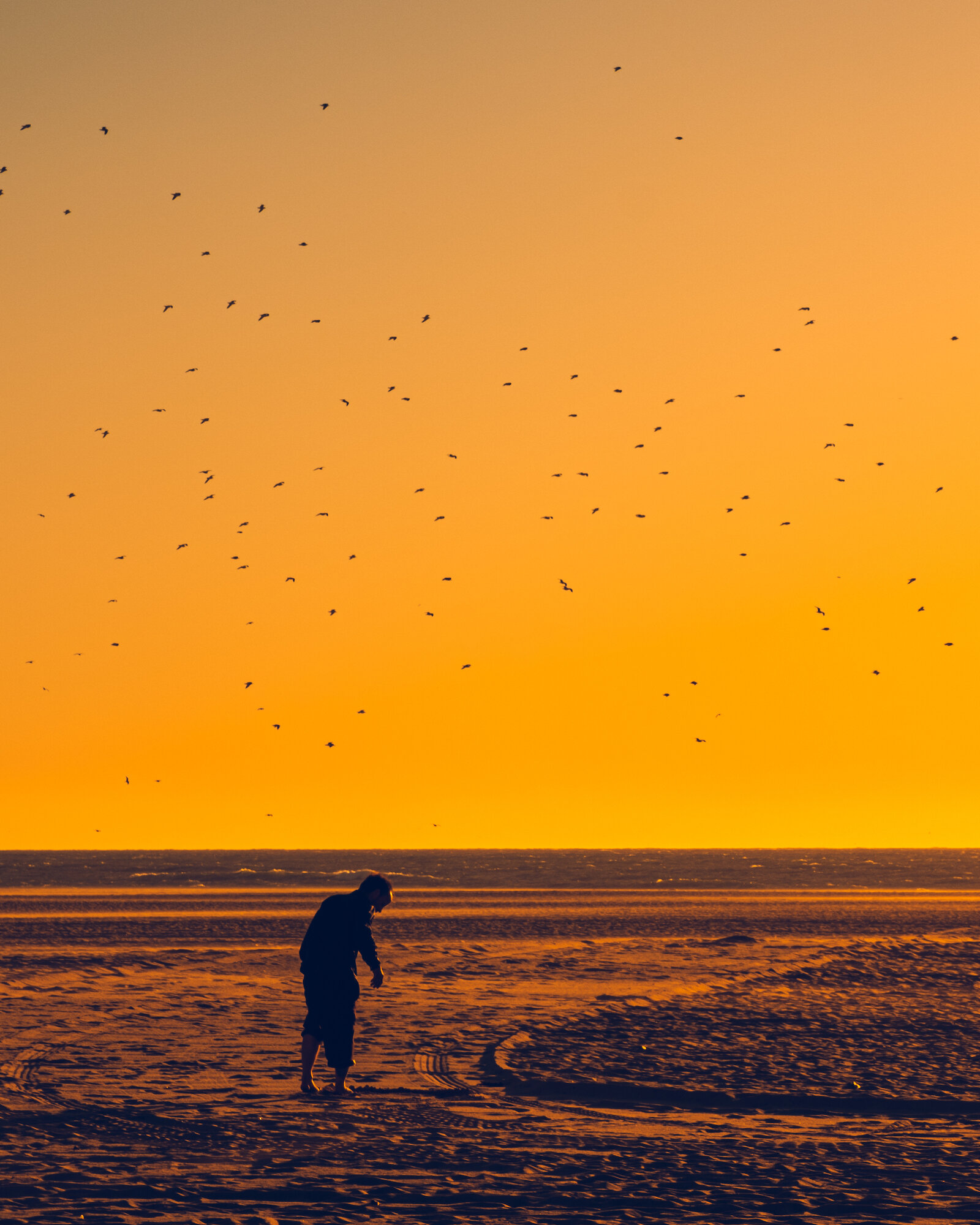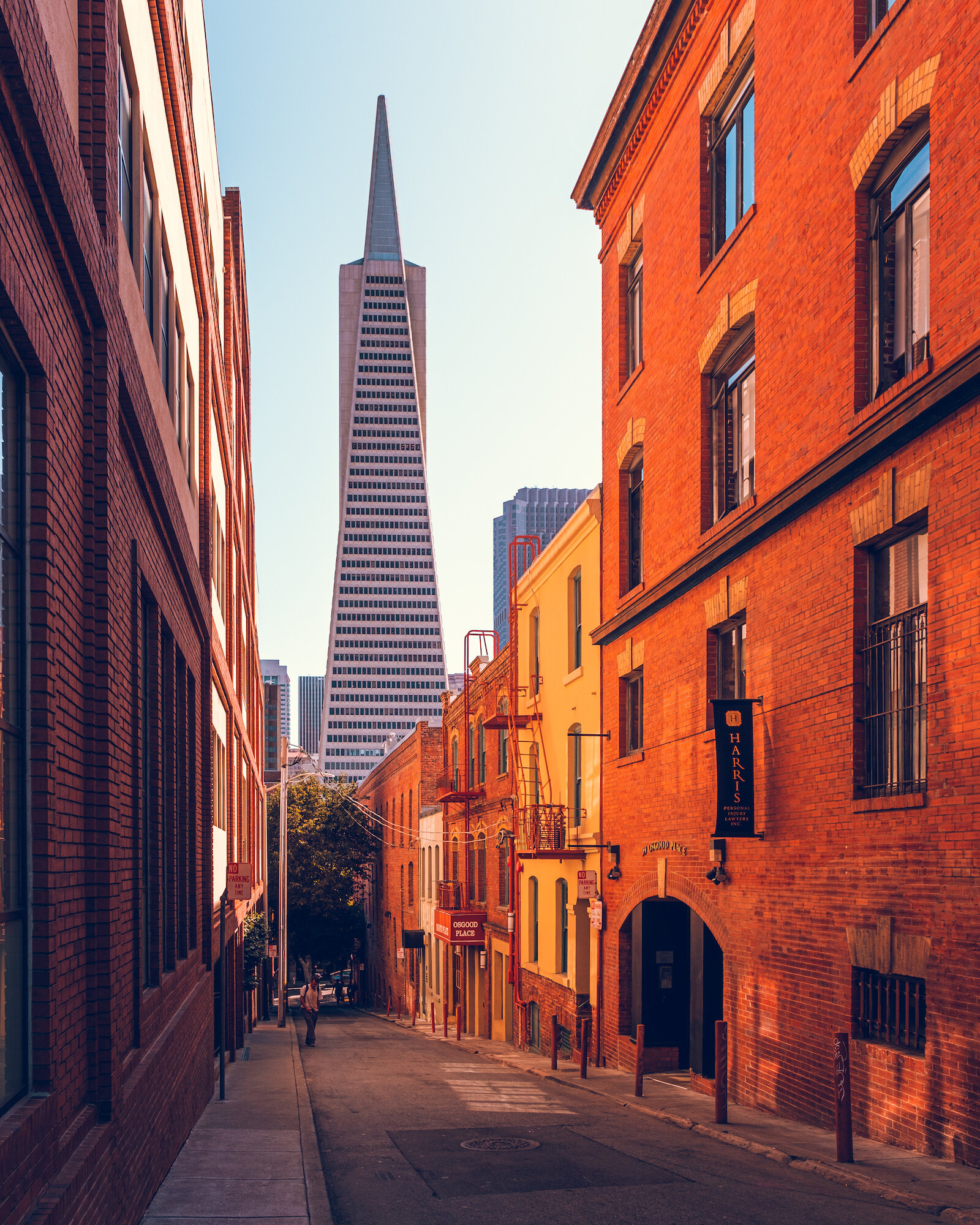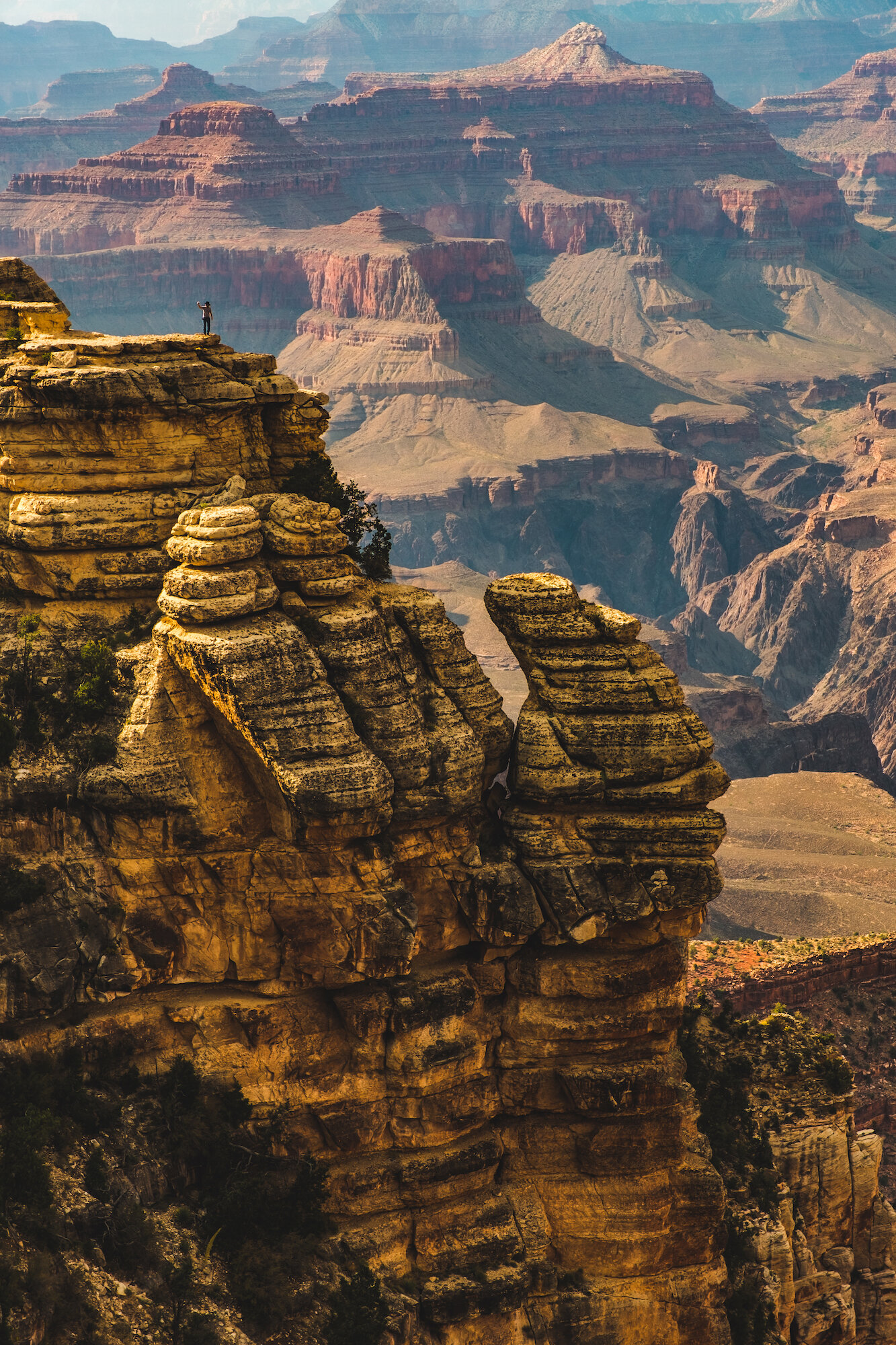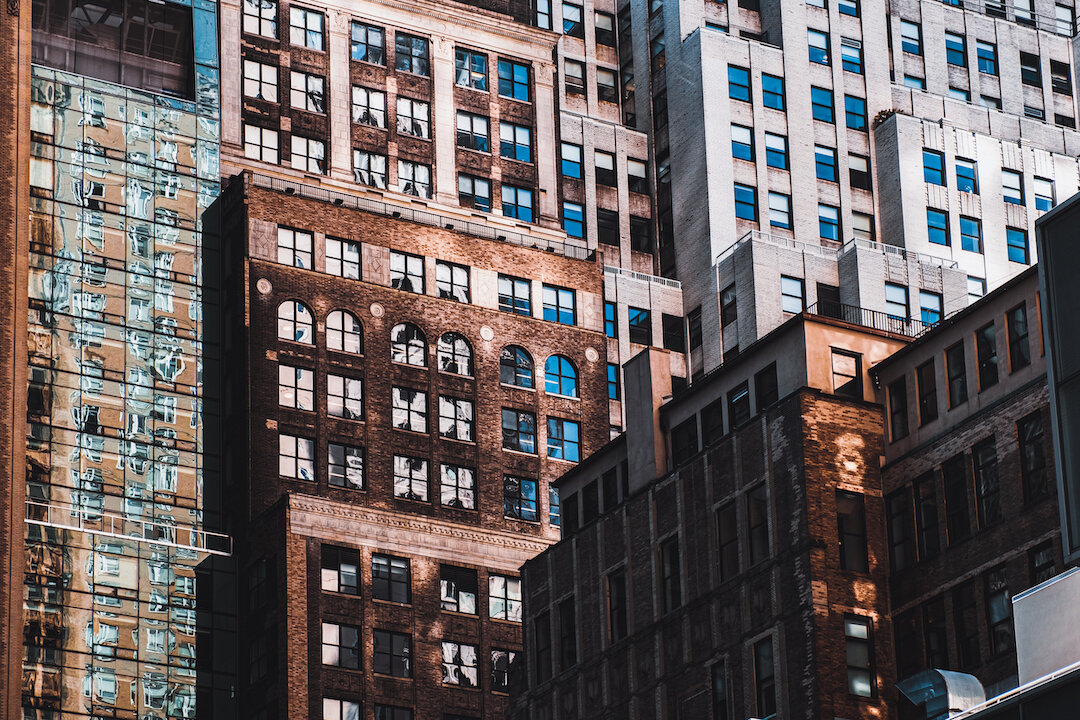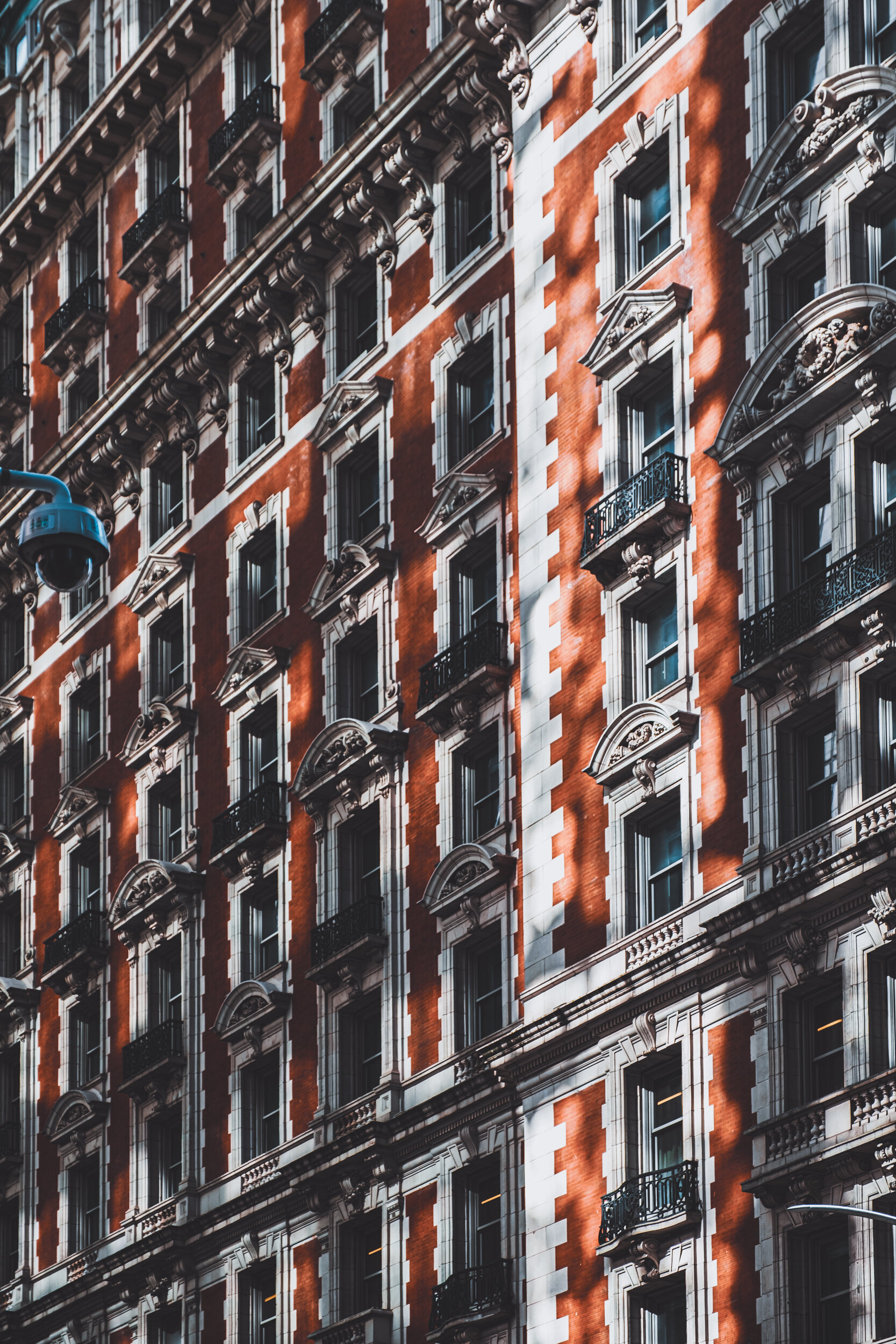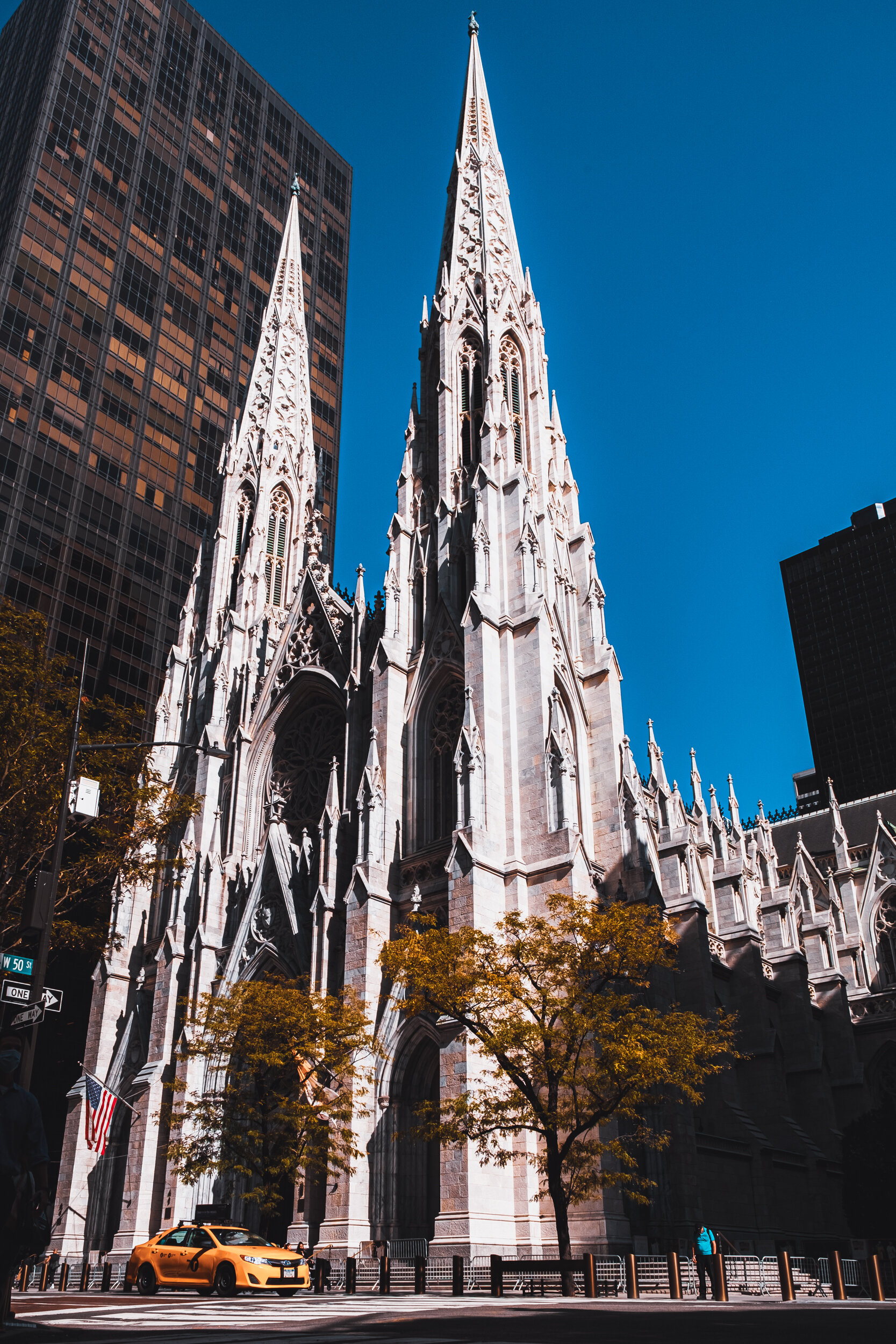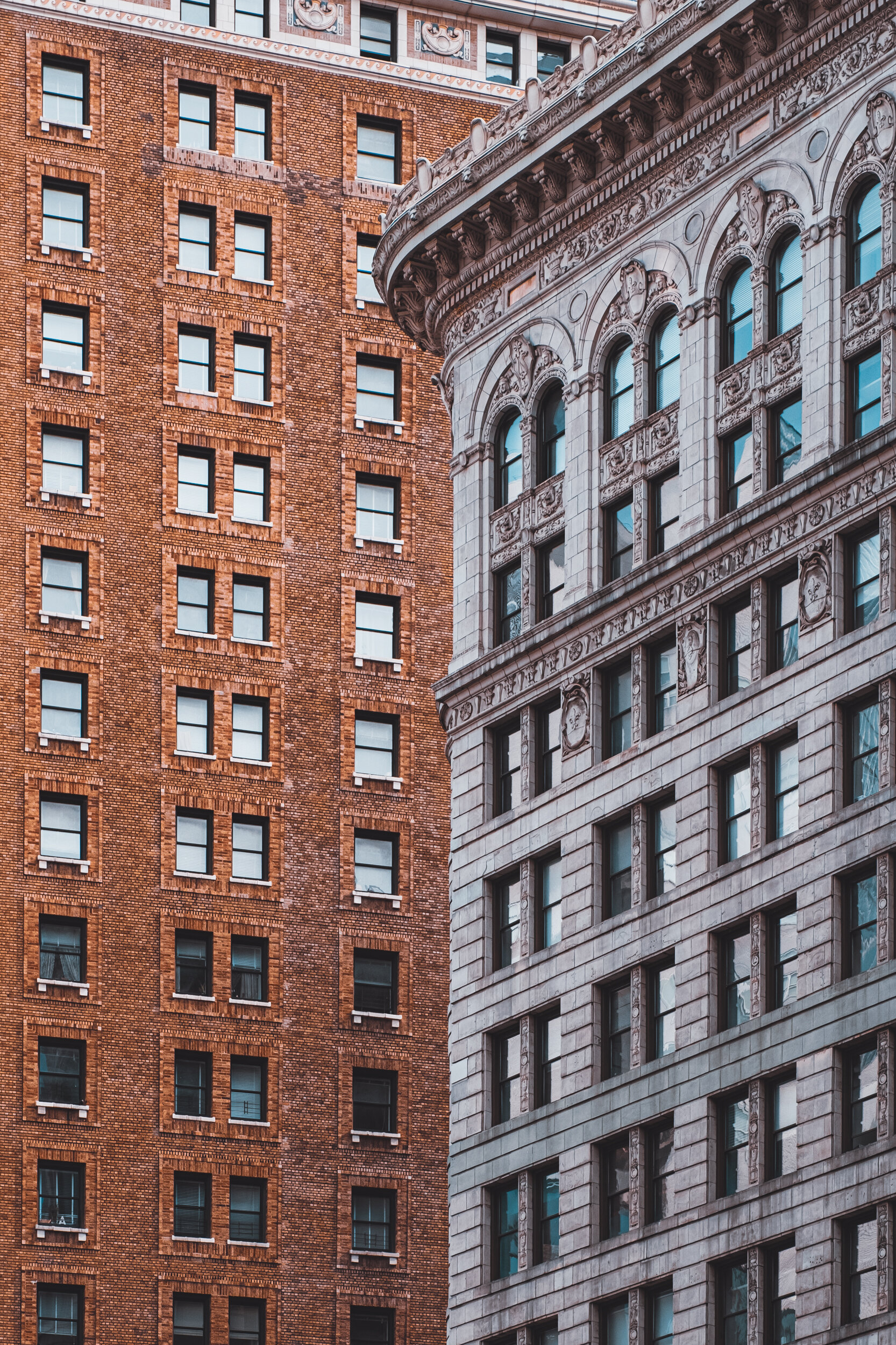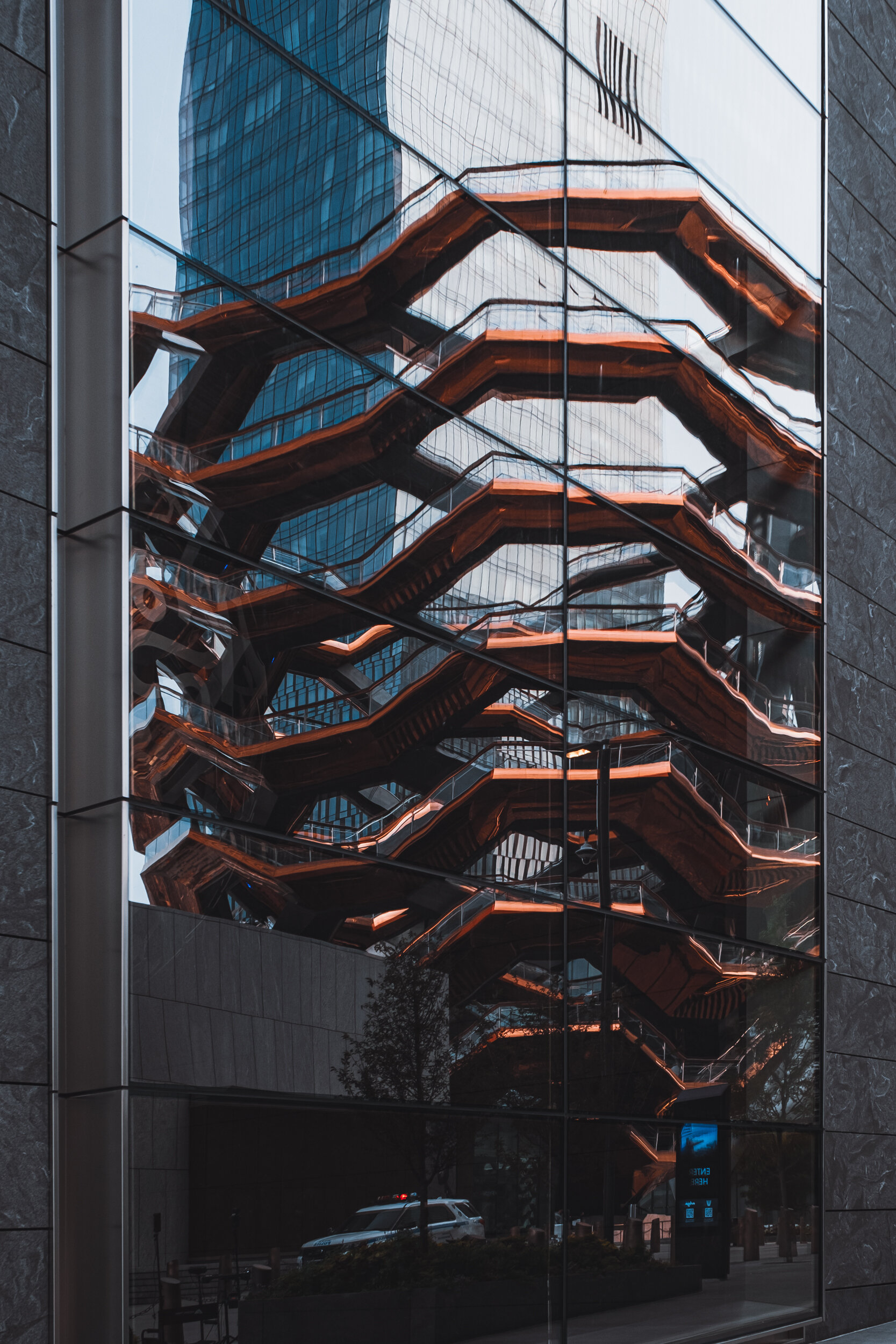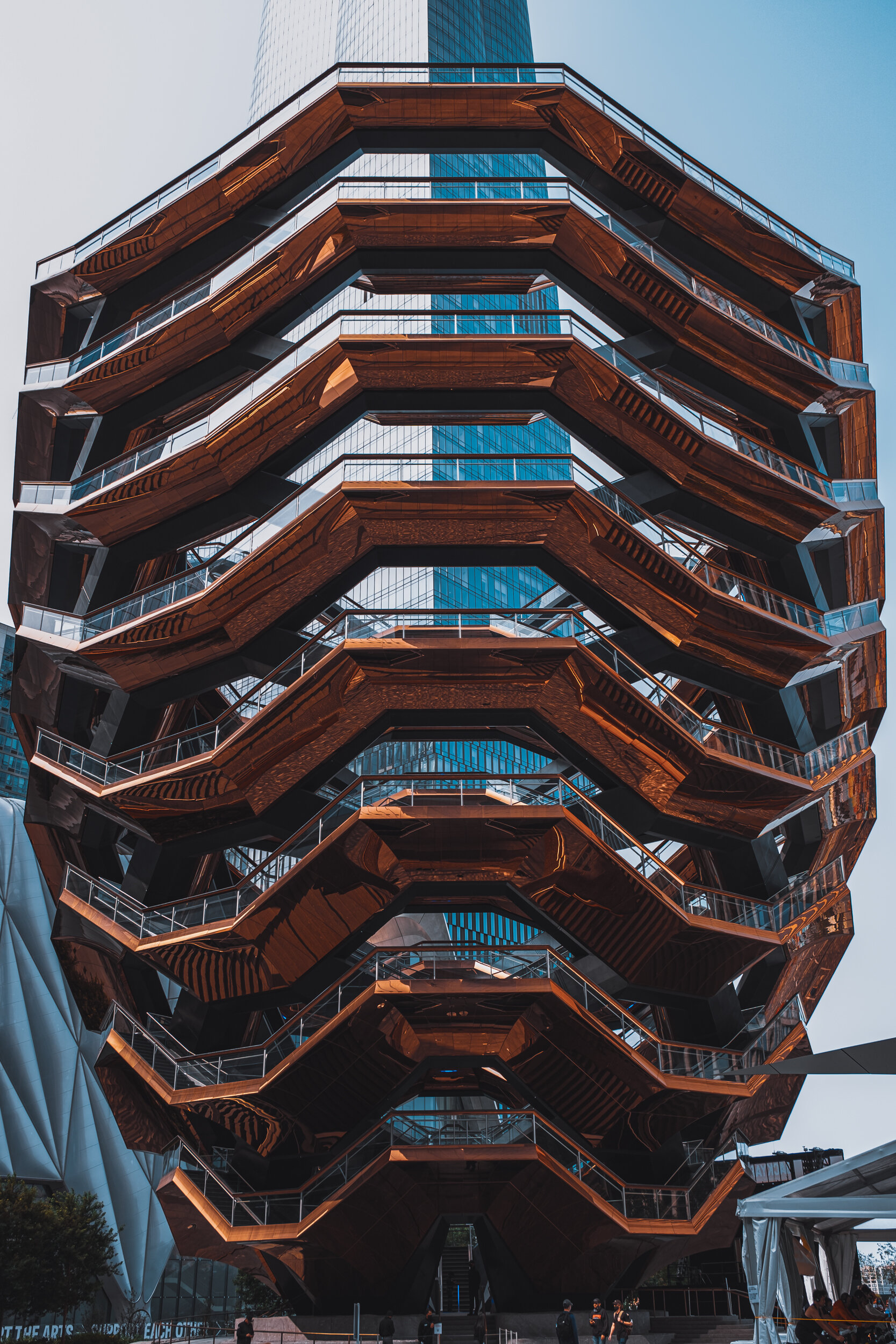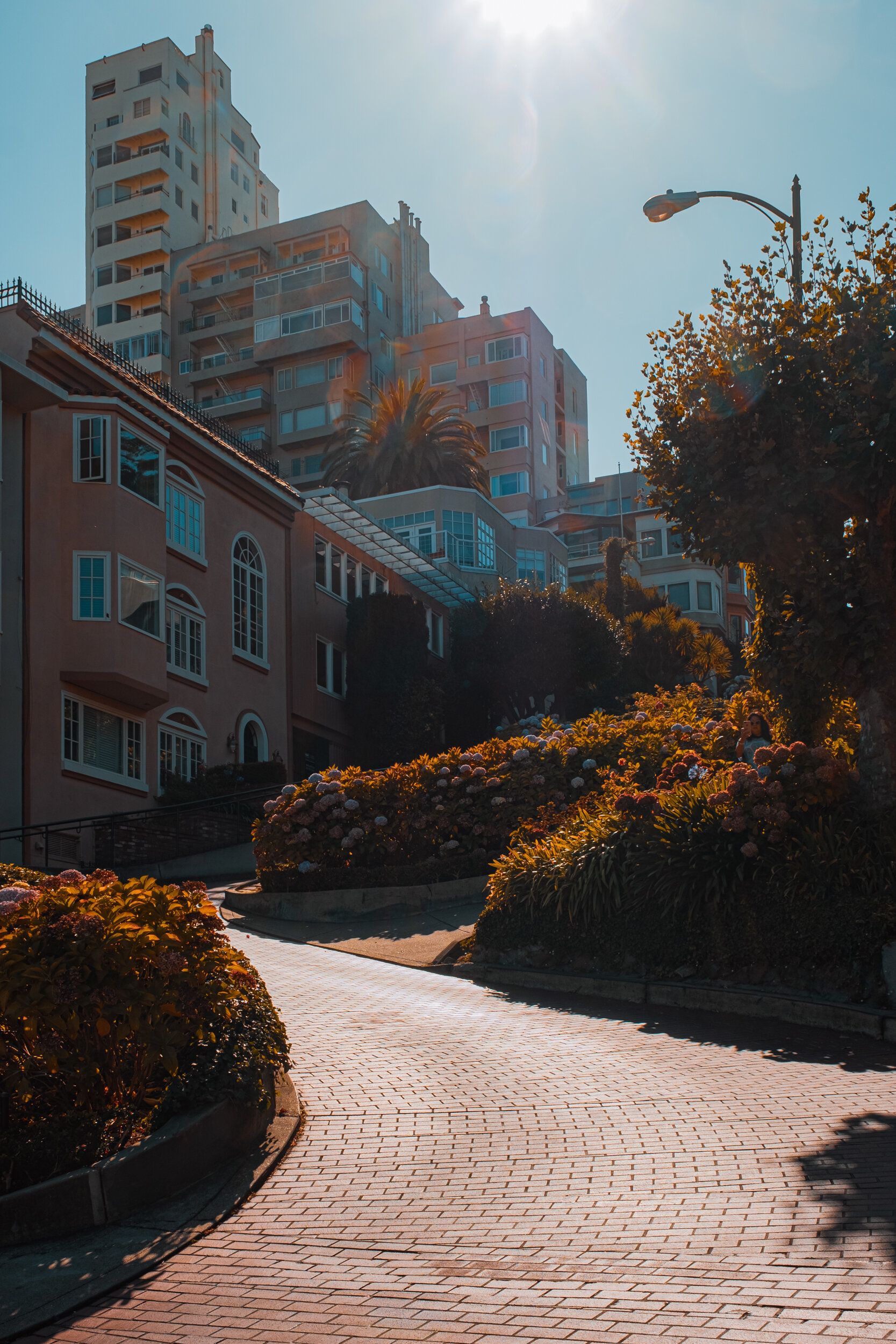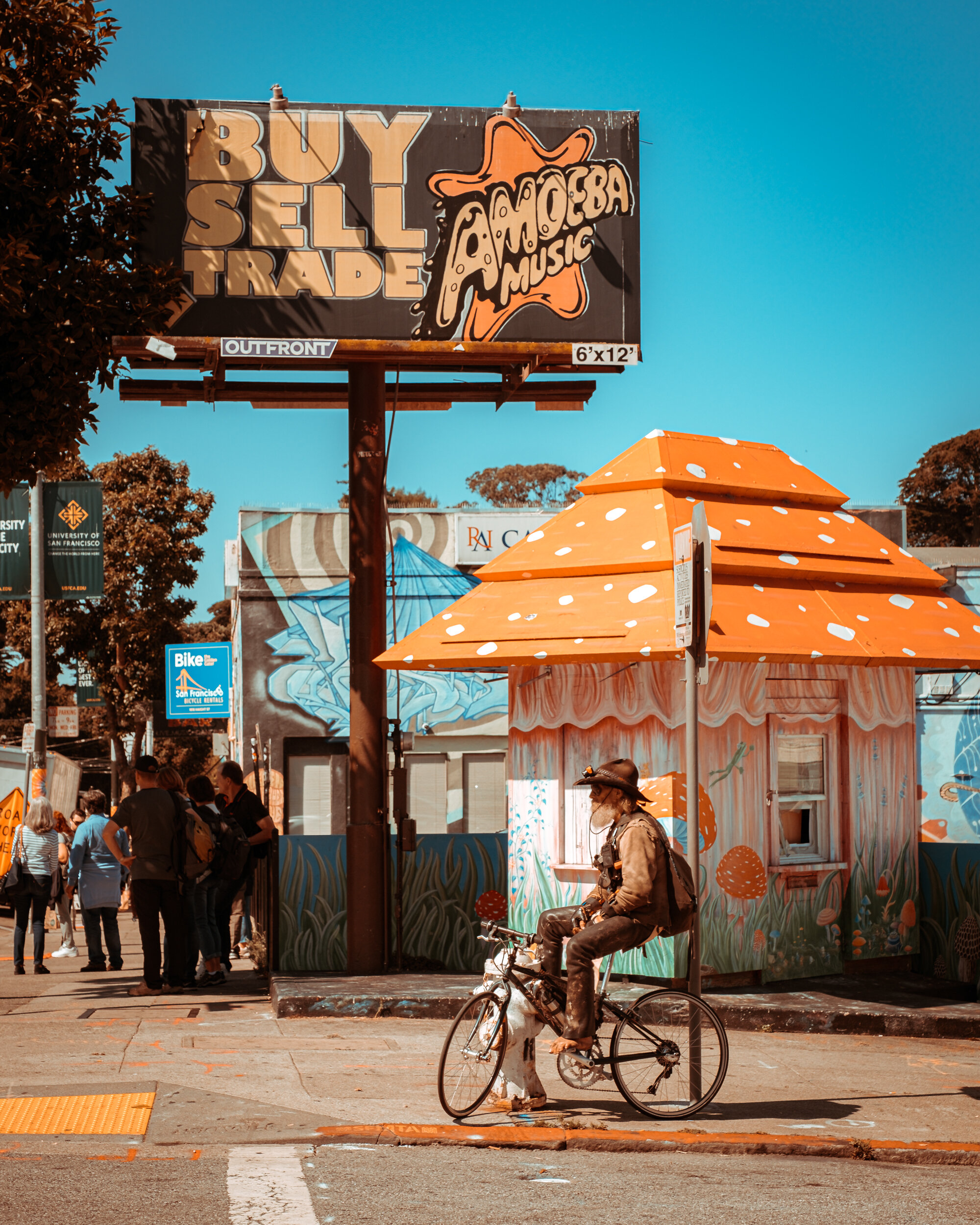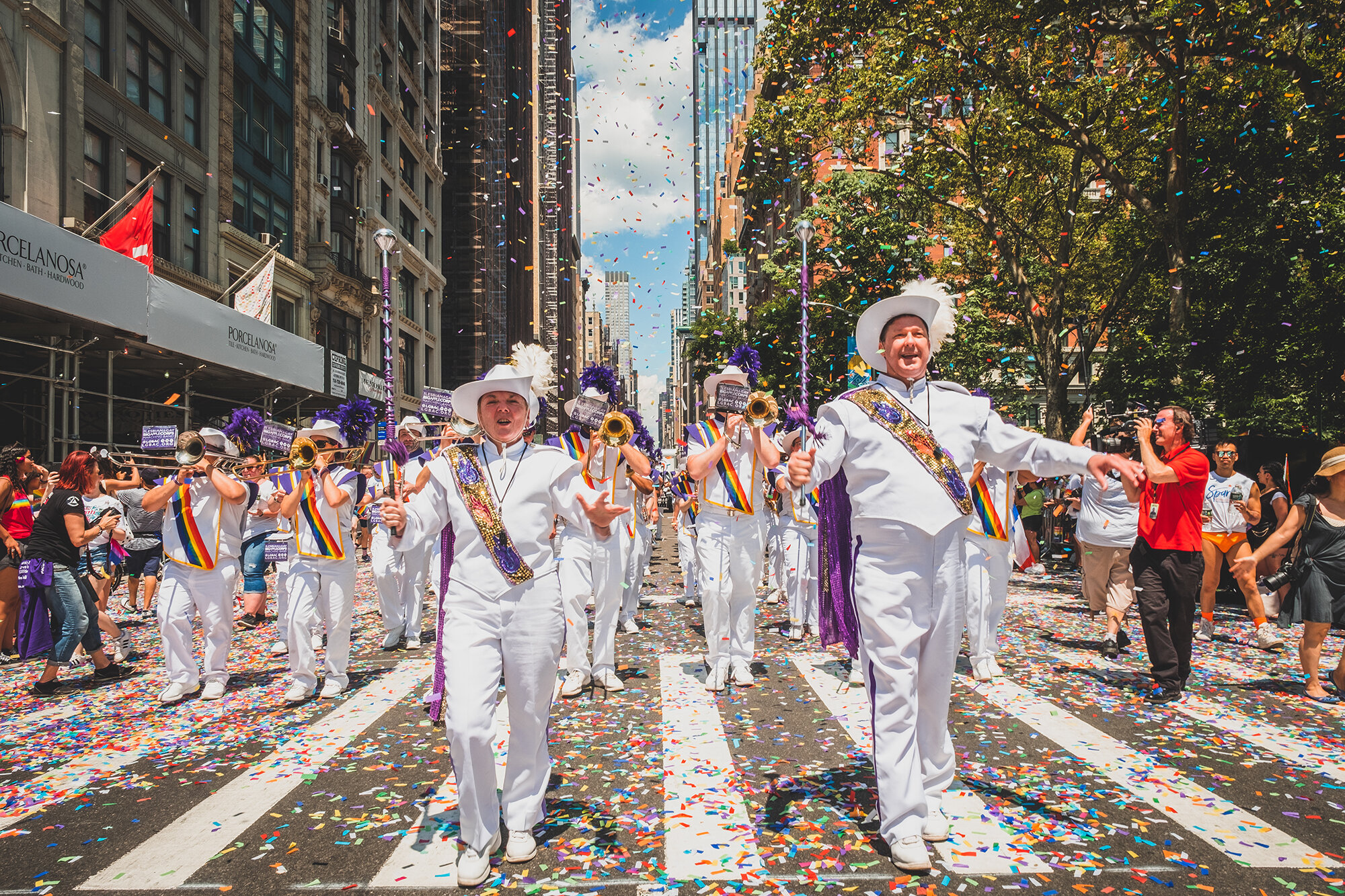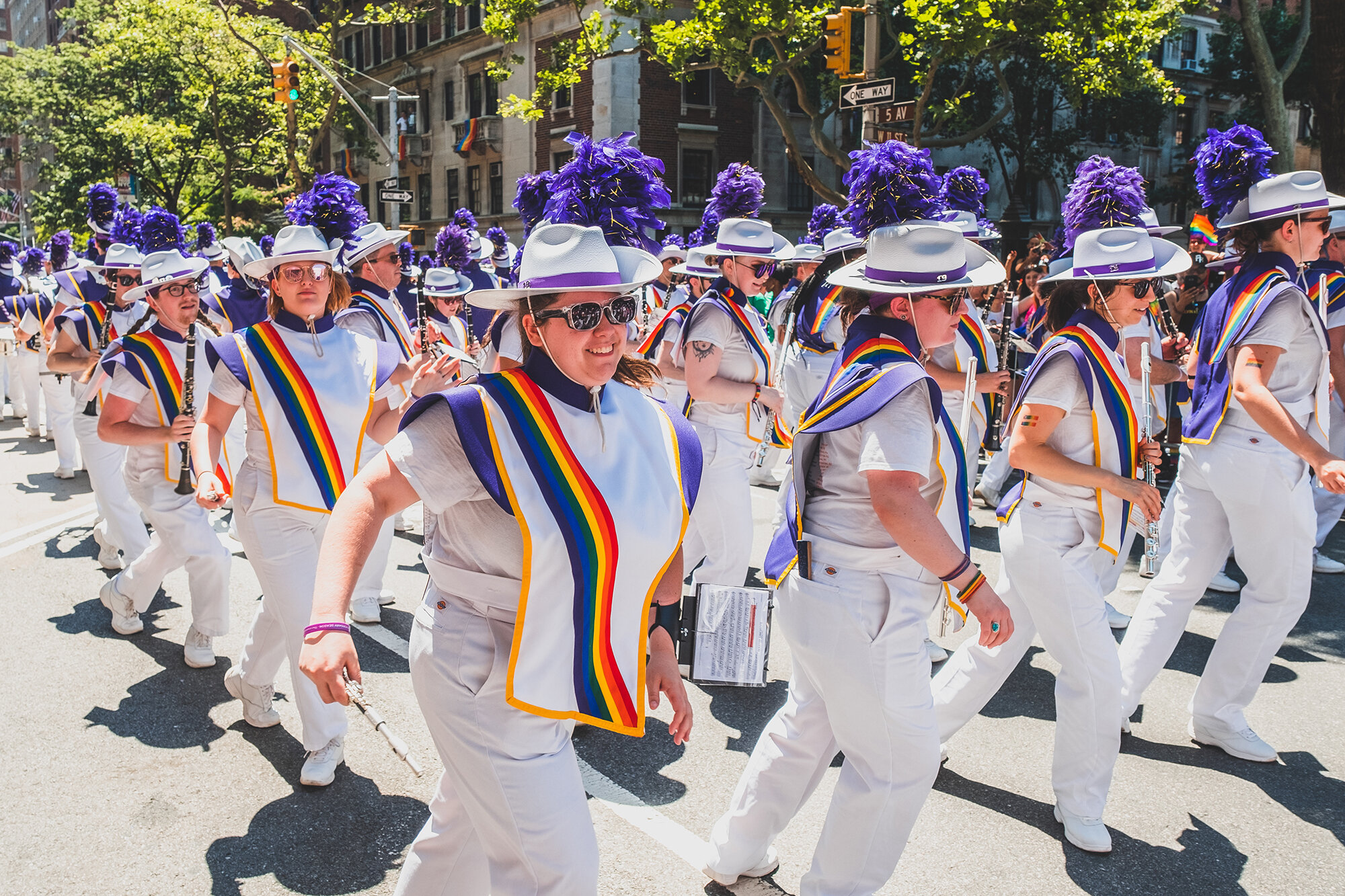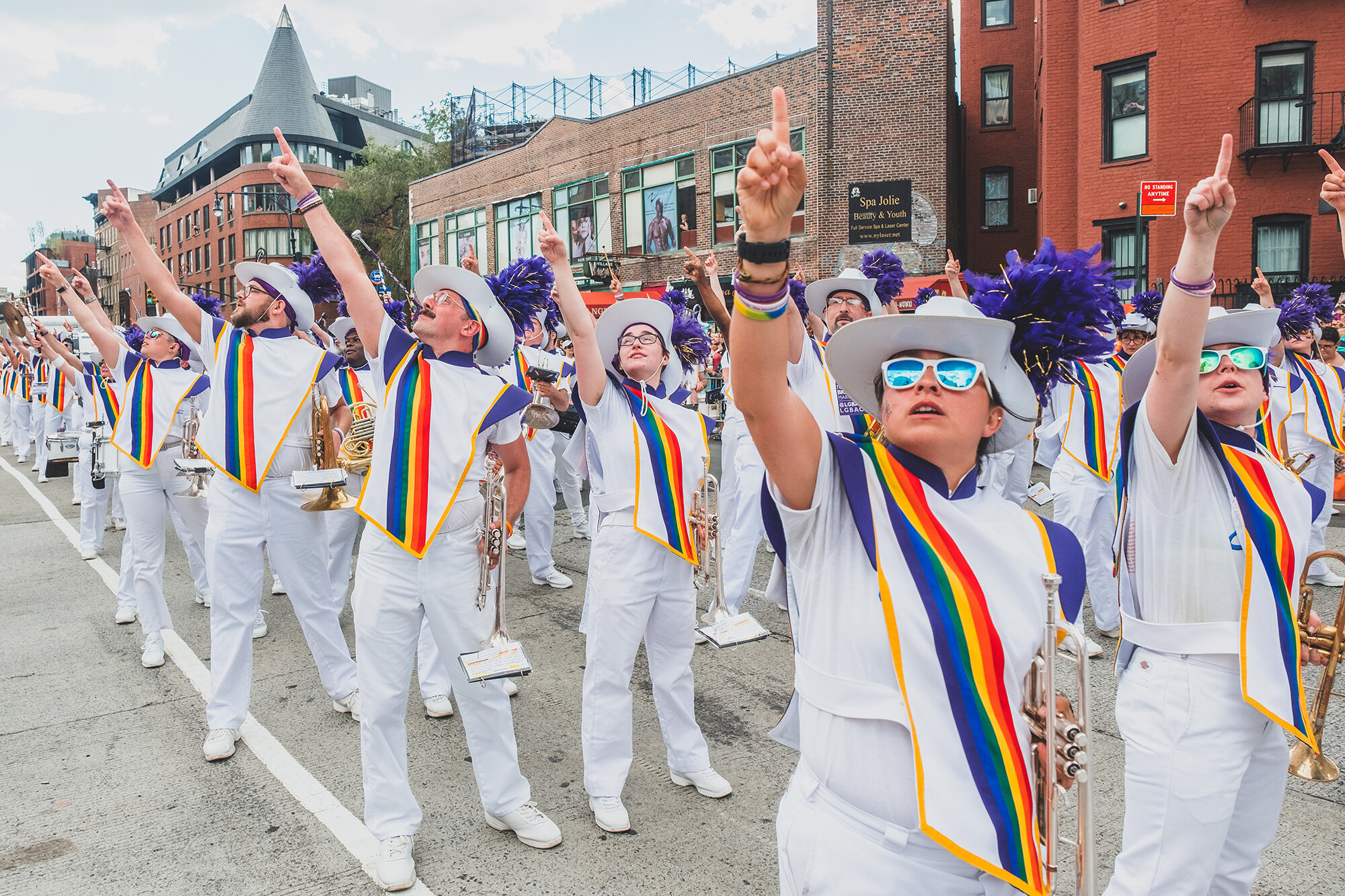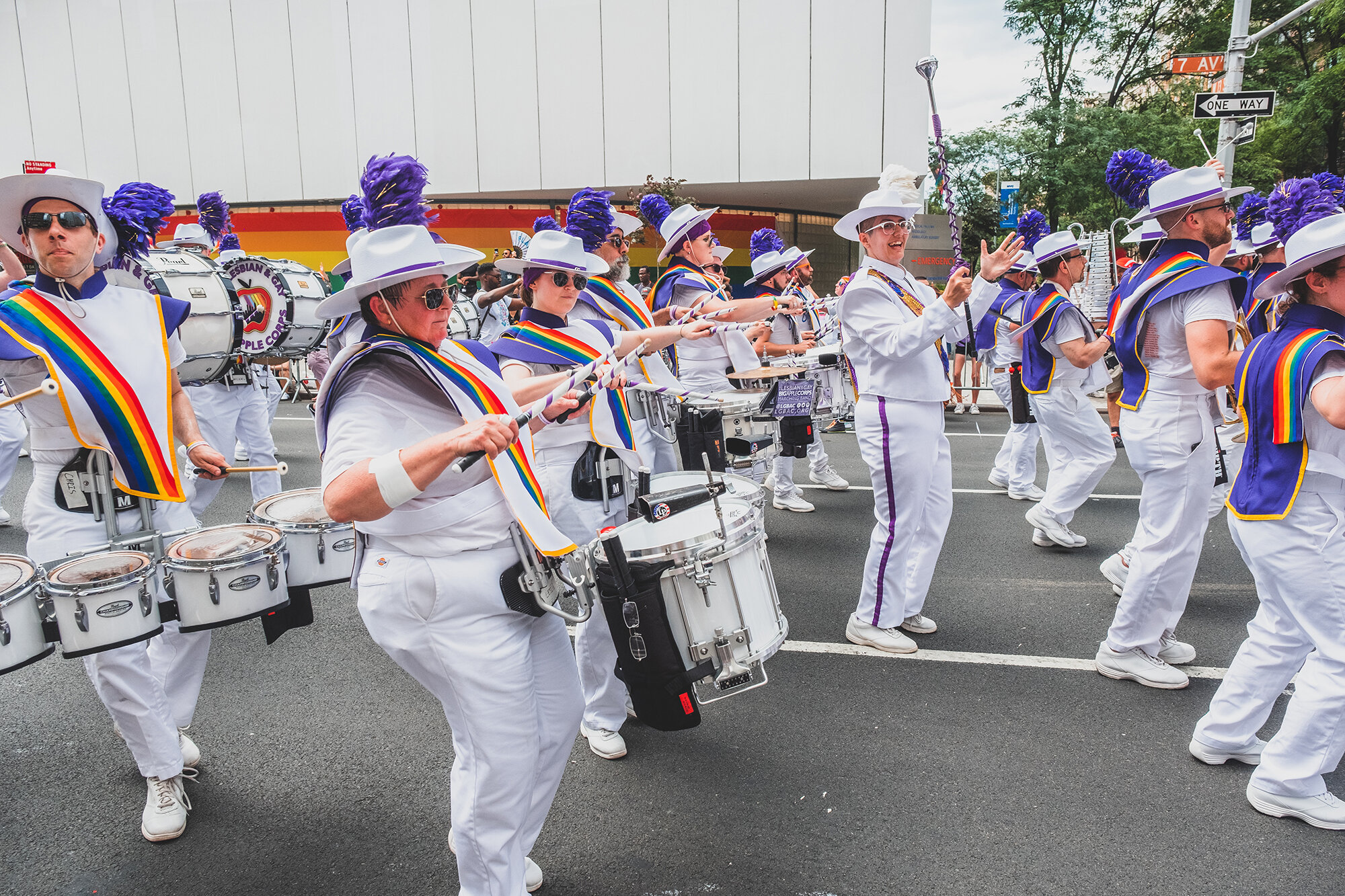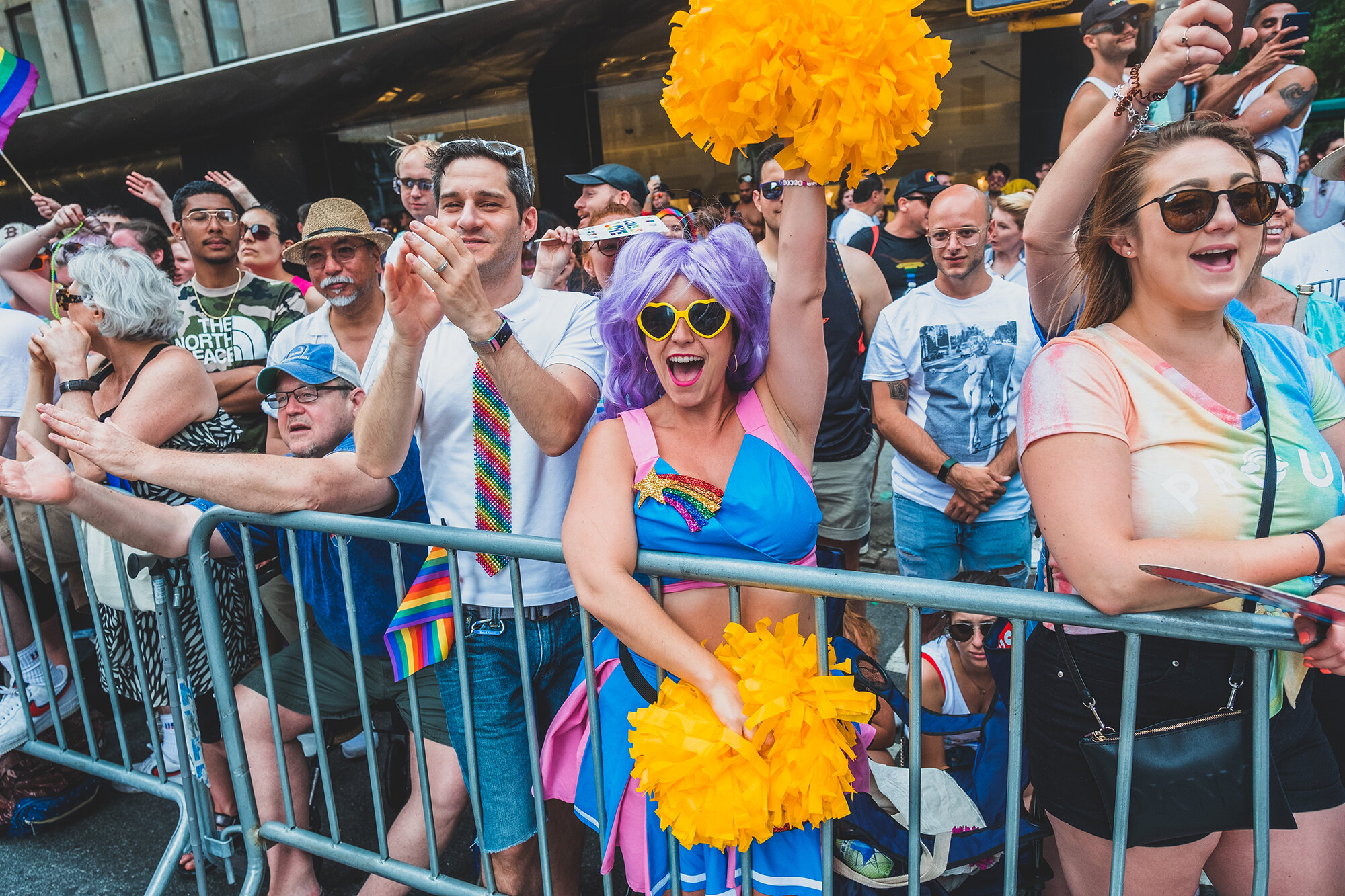After many months at home, I finally took my camera out for a stroll in the city. The destination was Roosevelt Island, with the intention of seeing the last breath of the cherry blossoms. All images were taken with the combo Fujifilm X-T2 + Fujinon 16-55mm 2.8
fujifilm
From The Archives: Traveling through California
I’ve been revisiting my Photography archives lately for an upcoming project I’m working on and came across a lot of images that I really enjoyed revisiting and thought it was worth sharing. In this post, 10 images I took in California throughout the past few years in different cities. All images were taken with the combo Fujifilm X-T2 + Fujinon 16-55mm 2.8 and can be purchased as prints by clicking here or individually on each image:
From The Archives: Traveling through Greece
I’ve been revisiting my Photography archives lately for an upcoming project I’m working on and came across a lot of images that I really enjoyed revisiting and thought it was worth sharing. In this post, 13 images I took in 2018 during a trip through Greece, while visiting Hydra, Santorini, and Athens. All images were taken with the combo Fujifilm X-T2 + Fujinon 16-55mm 2.8 and can be purchased as prints by clicking here or individually on each image:
From The Archives: Traveling through the Southwest
I’ve been revisiting my Photography archives lately for an upcoming project I’m working on and came across a lot of images that I really enjoyed revisiting and thought it was worth sharing. In this post, 14 images I took in 2017 during a trip through the South West of the US, while visiting Sedona, the Grand Canyon, Monument Valley, Antelope Canyon, Bryce Canyon, and Zion Park. All images were taken with the combo Fujifilm X-T2 + Fujinon 16-55mm 2.8 and can be purchased as prints by clicking here or individually on each image:
[BTS] Foggy Nights
This is a series where I post one image at a time, and share a story “Behind The Shot”, that could be something technical, a challenge, or just an anecdote from the day of. Feel free to explore past entries by clicking here.
This is one of those cases where we have a picture in our minds and have to wait for the perfect conditions to get it. I’ve always been obsessed with looking at photographs of NYC covered in fog, specifically the bridges, which are by far some of my favorite subjects to shoot in the city. It all happened back in 2018, on a foggy night just before summer started. The forecast was predicting another foggy night and I decided that was finally going to be the day where I’d be able to shoot the world-famous Brooklyn Bridge, at night, covered in the fog. I grabbed my trusty camera, a tripod, and biked down to the bridge as quickly as I could. This is one of the few angles I’ve tried and probably one of my favorite photographs I’ve ever taken of the bridge!
For the fellow Photography enthusiasts out there, here’s the equipment and settings used for this shot:
Fujifilm X-T2 + Fujinon 16-55mm 2.8 • 1s f/4.5 ISO 100
This is one of 10 photographs currently available at my print shot, in case you’re interested:
If you enjoy posts like this, you may enjoy the Newsletter I send every two weeks:
[BTS] One World Framed
This is a series where I post one image at a time, and share a story “Behind The Shot”, that could be something technical, a challenge, or just an anecdote from the day of. Feel free to explore past entries by clicking here.
When visiting DUMBO, in NYC, 11 out of 10 people like to stop at Washington Street to photograph the classic view of the Empire State Building framed underneath the Manhattan Bridge, even if more than half of those same people don’t even realize that. They are probably just looking to get the bridge in the background. But one day, a few years ago, while walking near the bridge more towards the water, I realized that by looking at the other side, I could actually frame the World Trade Center right underneath the bridge instead, running away from the cliche (that I’m also guilty from, of course) and creating an equally interesting image, if not even more. What do you think?
For the fellow Photography enthusiasts out there, here’s the equipment and settings used for this shot:
Fujifilm X-T2 + Fujinon 16-55mm 2.8 • 1/500 f/6 ISO 500
This is one of 10 photographs currently available at my print shot, in case you’re interested:
[BTS] Snowed Under
Starting a new series today where I’ll be posting one image at a time, and sharing a story “Behind The Shot”, that could be something technical, a challenge, or just an anecdote from the day of. Feel free to explore past entries by clicking here.
I’ve always been fascinated by New York City photographs during a snowstorm, but even though I’ve been living here for 7 years, it was only a couple of years ago that I started to venture myself out with my camera during snowstorms. For this particular shot, I found myself walking around DUMBO (in Brooklyn), and decided to try one of my favorite points of view completely covered in snow, and I couldn’t be happier with what I’ve got. This is looking under the Manhattan Bridge from the Brooklyn side. I rarely process my photographs in black and white, but there’s just something about it that makes it so timeless. You really can’t go wrong with that!
For the fellow Photography enthusiasts out there, here’s the equipment and settings used for this shot:
Fujifilm X-T2 + Fujinon 16-55mm 2.8 • 1/400 f/6.4 ISO 400
This is one of 10 photographs currently available at my print shot, in case you’re interested:
An Afternoon in Midtown Manhattan
After reconnecting with Photography last month, I’ve been slowly regaining my confidence and enthusiasm to be out there photographing around the city again, something that honestly I didn’t really see coming until it happened. Since that time I’ve been out a couple more times, the last one being last week, when I decided to take my loyal Fujifilm X-T2 for another walk. And what a productive one it was! I started around Bryant Park, in Midtown Manhattan, going all the way up to east 59th Street and down to the 30s. Even though I started things at the park, I barely shot any nature, leaving my focus almost exclusively to chasing interesting architecture and street scenes, the latter being something that I’m not so used to doing. As a result, here’s a collection of photographs from that day. All shot with my go-to combo Fujifilm X-T2 + Fujinon XF 16-55mm and edited in Adobe Lightroom. Hope you like it!
Infrared Photography with the Fujifilm X-T2
Infrared Photography is the ability of your camera sensor (or film) to see light in a much wider range than our eyes can see. This can be obtained by using infrared film, infrared filters (attached to digital cameras), or by converting the sensor of a camera to be always seeing light like this. If you have a digital camera and are curious to try this out, I suggest you start by using a lens filter, as opposed to converting your camera sensor forever.
I can’t remember when was the first time I came across this technique, but it wasn’t until a couple of years ago that I learned that I could start out simply by buying a filter instead of having to change my camera internally - thanks to a post a say from Bryan Minear on Twitter. After a lot of research, I decided to buy a filter from Hoya and the results blew my mind right away. For my first experiment, I went down to Madison Square Park (in NYC) with the idea of photographing the iconic Flatiron Building through some nice foliage, which is one of the elements where infrared Photography really shines. This was the first results I got:
When using an infrared filter for the first time, the first thing you’ll notice is that it works very similar to an ND filter, in the sense that it cuts down a lot of stops on your exposure, forcing you to use a tripod and shoot long exposures to get a nice result. Because the image will look extremely dark when you put the filter on, you will also struggle to focus when trying to use autofocus. For that, the best thing to do is to start by figuring out your composition, and once you have the camera fixed on the tripod and ready to start shooting, adjust the focus manually and then you attach the filter and set the proper exposure for the results you are looking for.
The second thing you’ll notice is, when the camera stops shooting, the image you’ll see on the back of the camera will probably be either very dark or in a deep red tone, and that’s because the filter is blocking the “normal” light and colors our eyes as used to see. To get from that to an interesting-looking photograph (either in black and white or in color) you will need to learn a few new tricks on post-processing. I recommend going on YouTube and watching some tutorials on processing infrared photographs on your favorite software. In my case, I used Adobe Lightroom for these.
In terms of camera settings, there’s really not a magical combination that will work for every situation, but you will want to follow the principles of long exposures (more information on this post), meaning low ISO, narrow apertures, and longer shutter speed. Like any other technique, you will make a lot of mistakes until you start learning what works (and not) to your camera/lens/filter.
Here are some of my favorite images I created since I’ve bought the Hoya filter, in combination with the Fujifilm X-T2 and the Fujinon XF16-55mm that I shoot with. All processed using Adobe Lightroom:
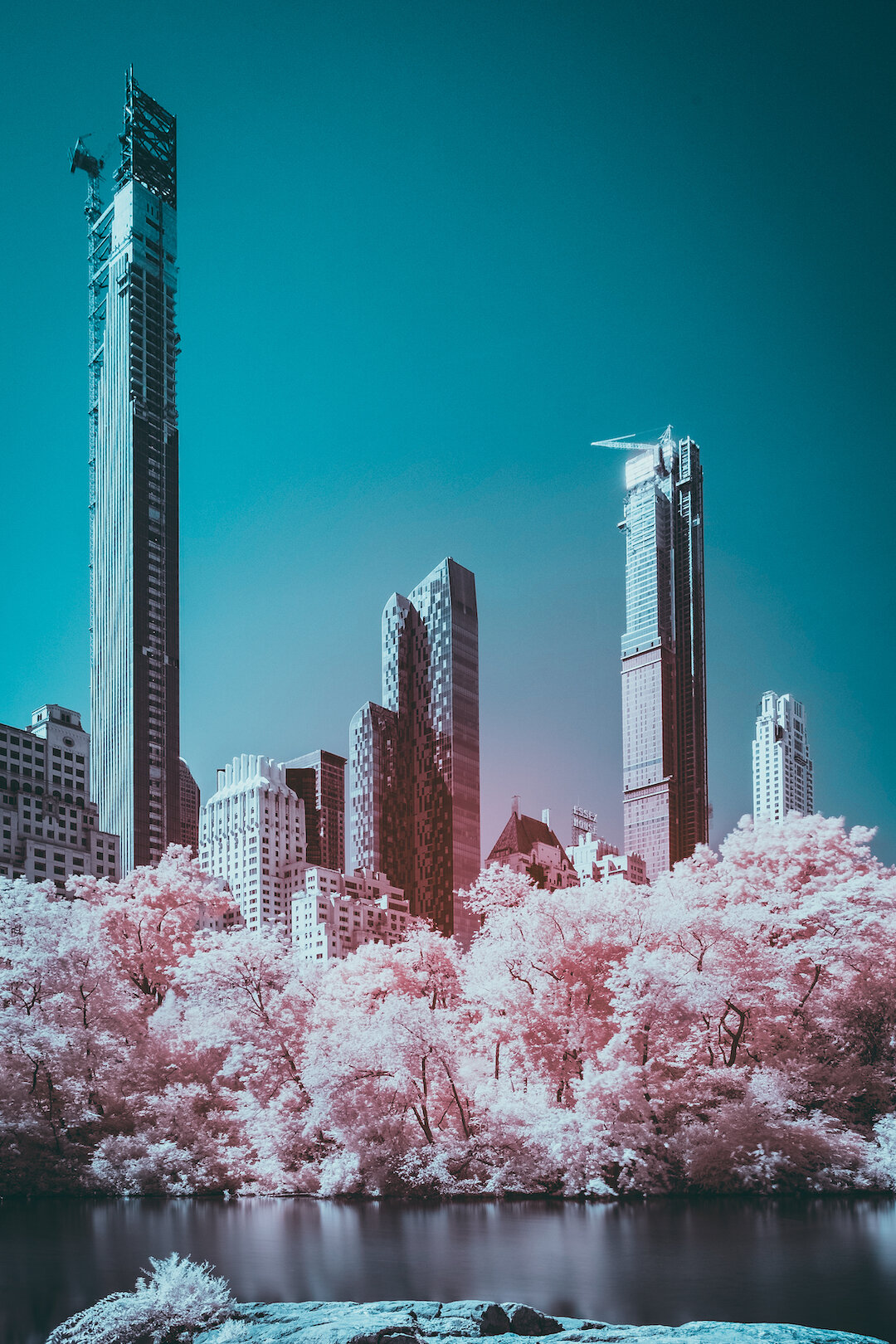

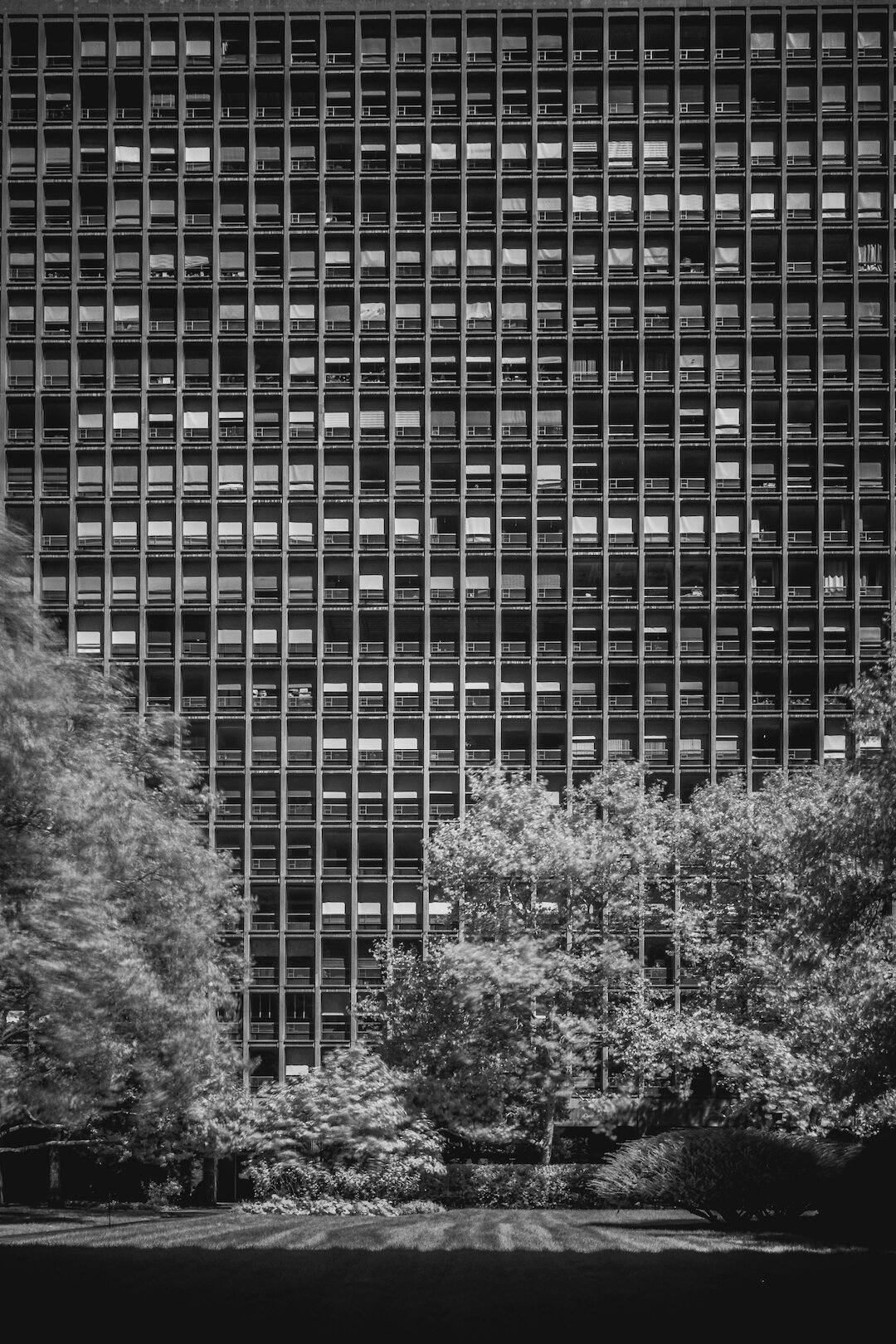
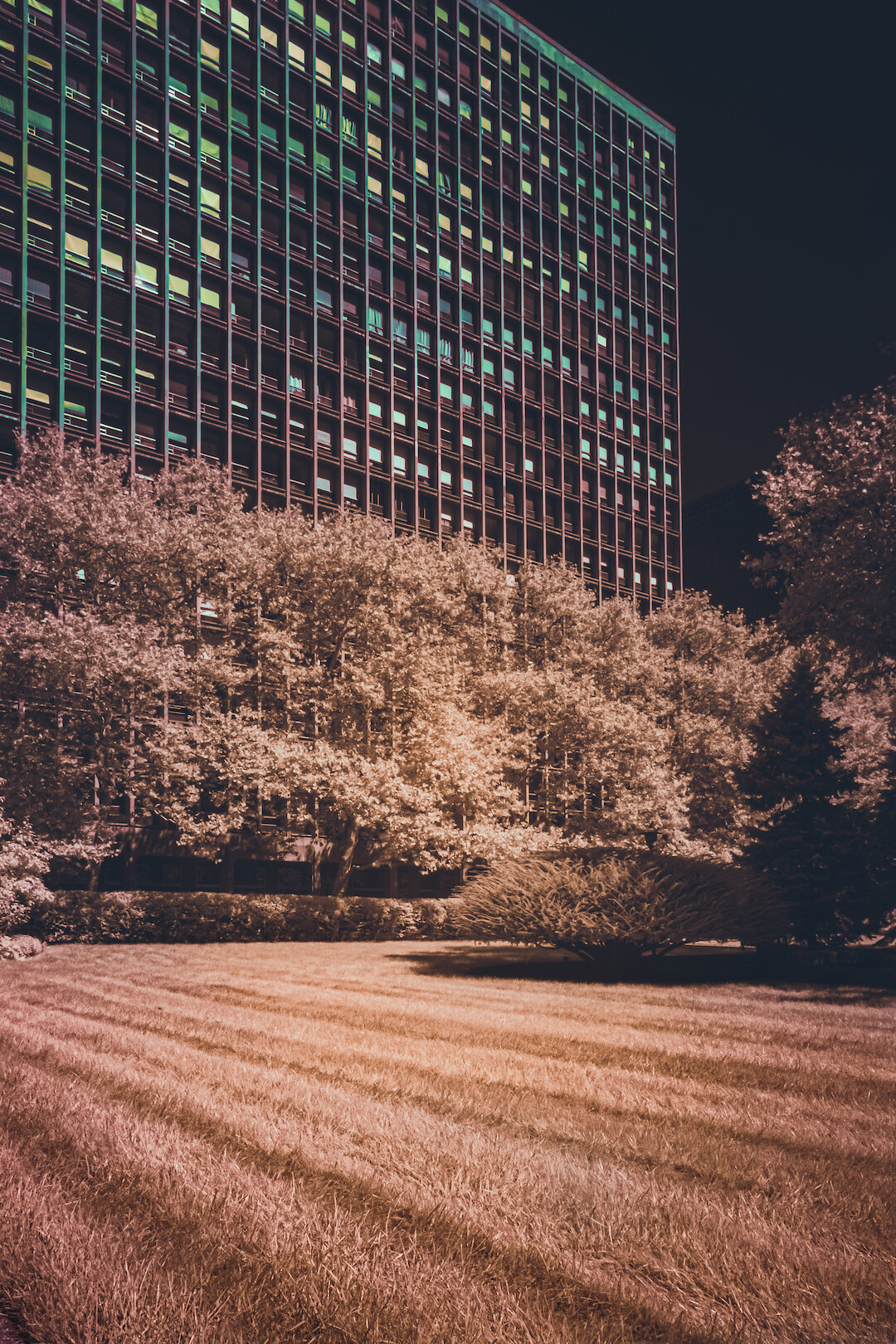
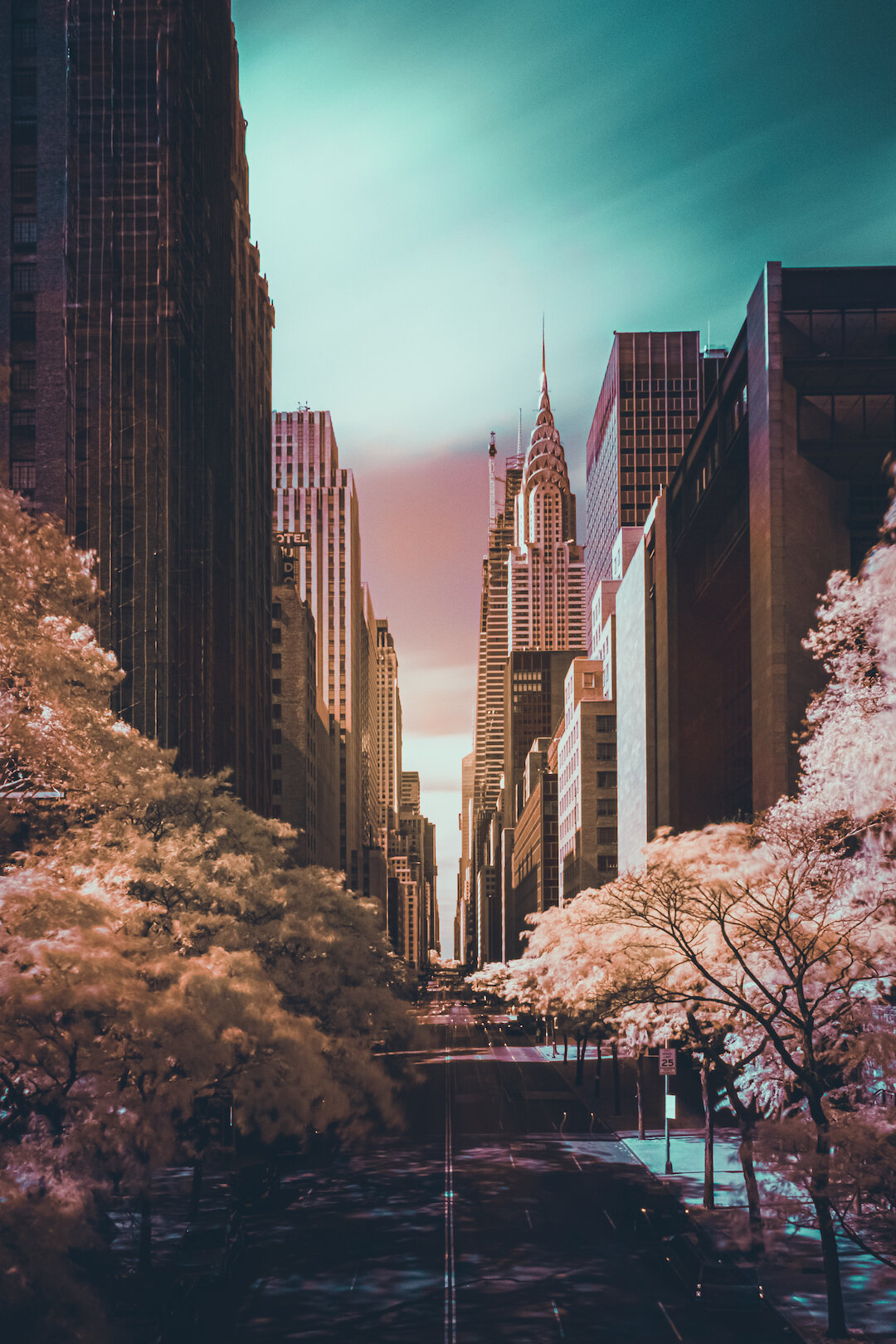
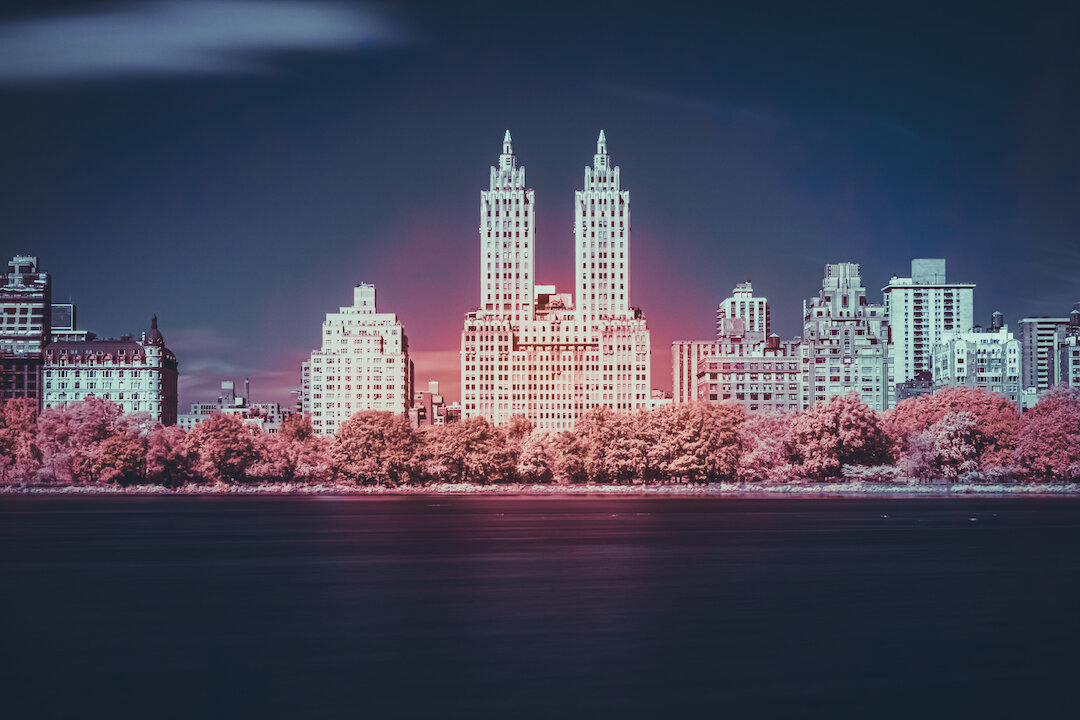


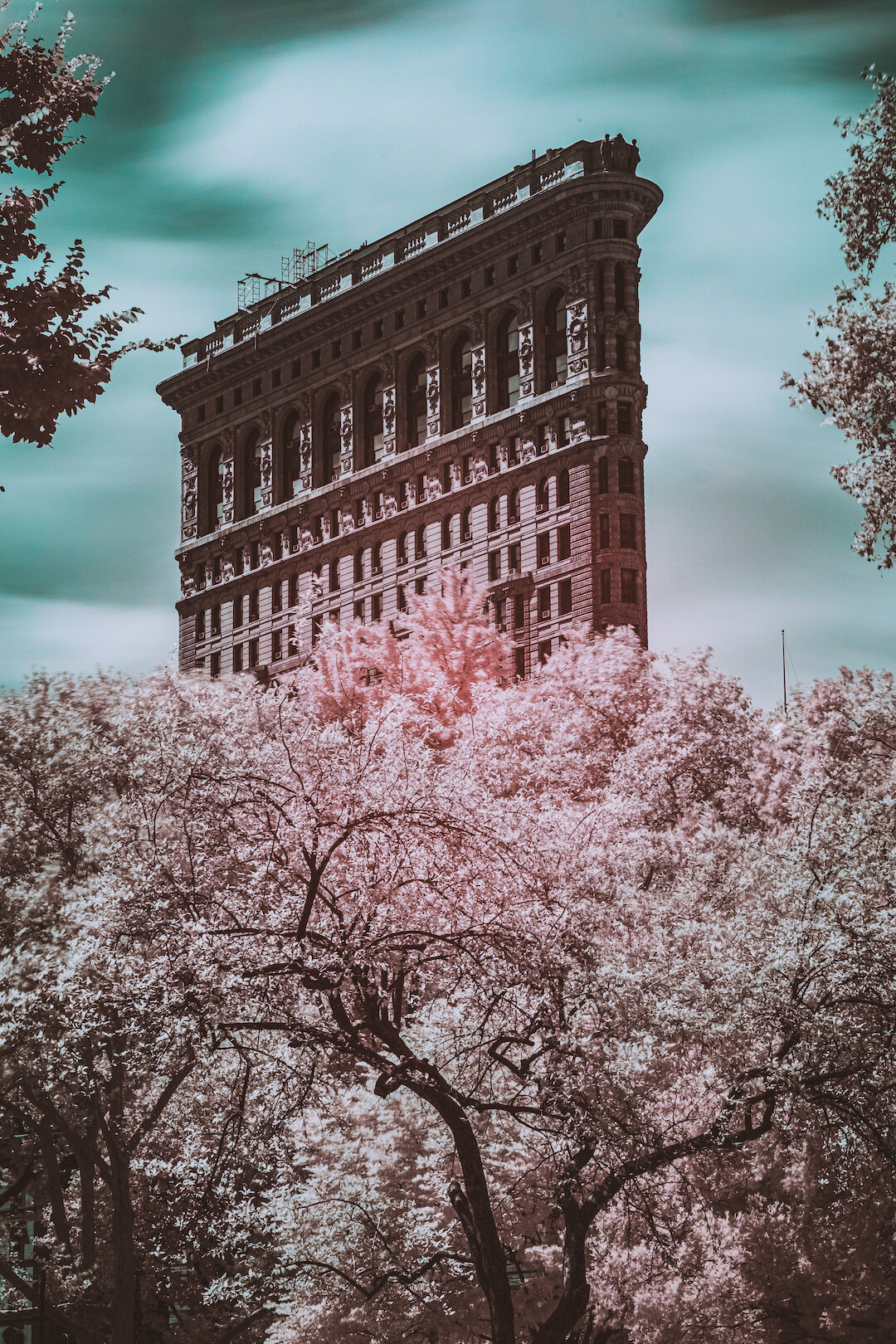
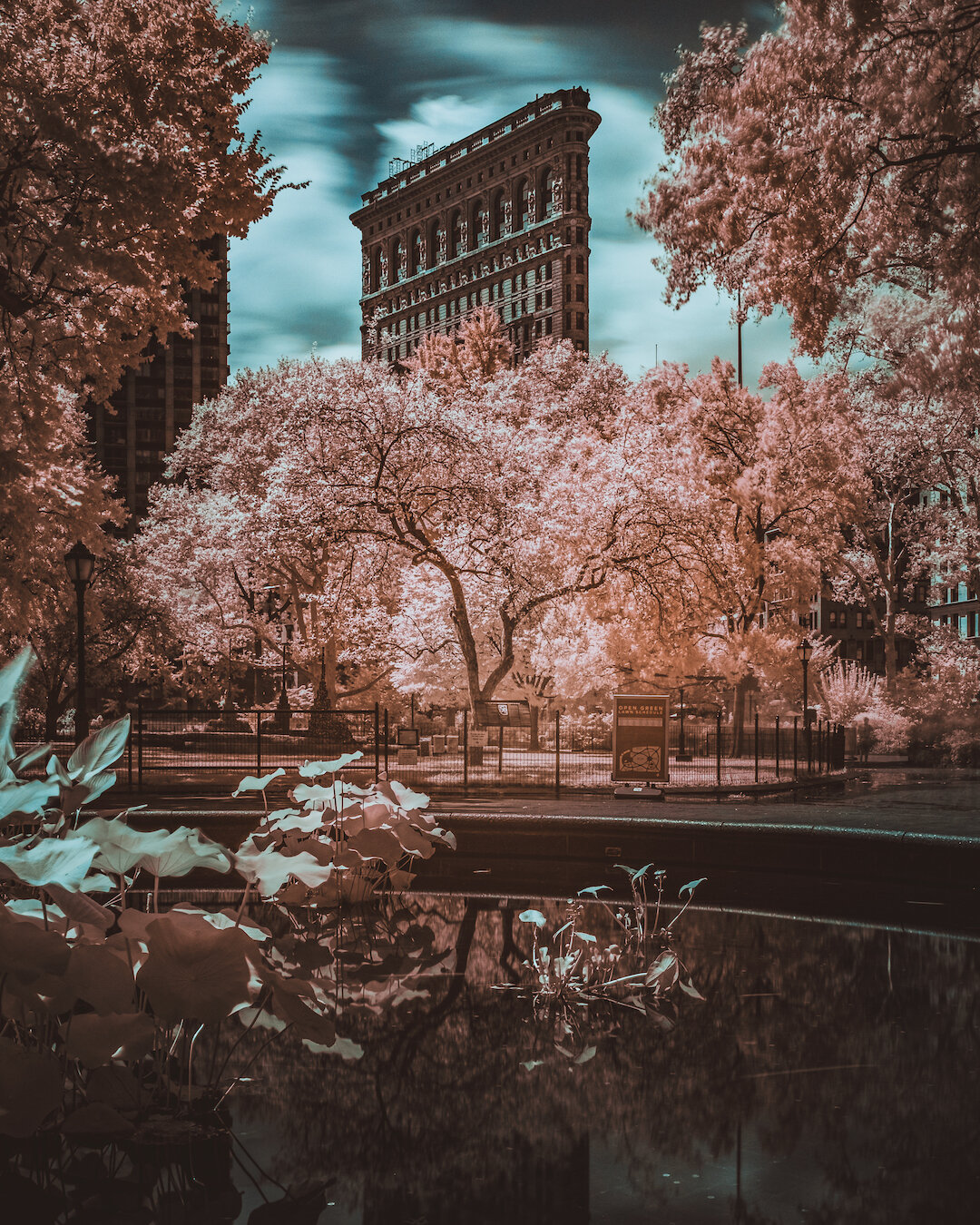

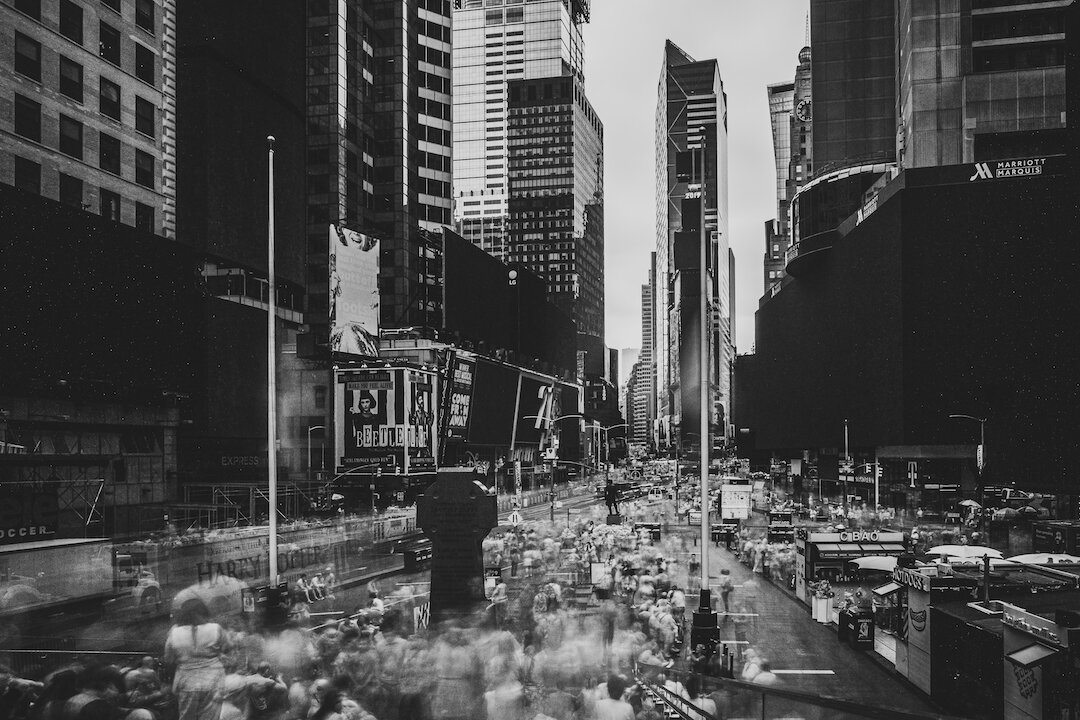
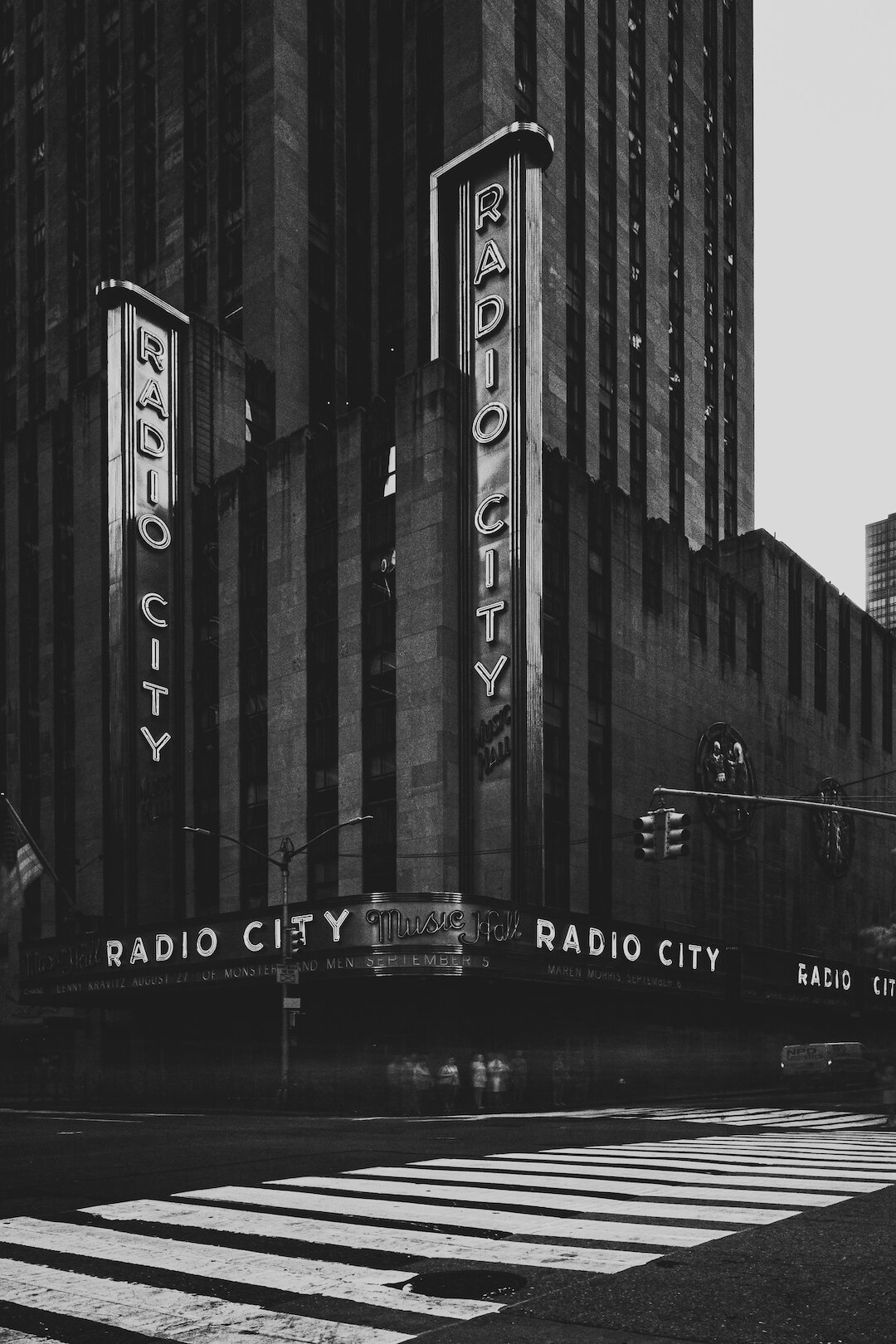
📸 • Equipment used to take these photographs:
Reconnecting with Photography
Earlier this month something really incredible happened: I finally reconnected with Photography! Not that I haven’t been thinking about Photography during these 6 months of quarantine (should we even be calling this thing quarantine still?). I’ve been actually involved with a few photography-related projects through these months, but for some reason, I was feeling a bit lost about my own personal creative work.
Everything changed when I had to go to the UES for a dentist's appointment and thought I should bring my camera with me just in case. After the appointment, I decided to walk back home instead of taking any kind of transportation, and since I was so close to Central Park, I couldn’t think of any better way to do it that didn’t include walking through the park. I got in by the 72nd street entrance and started to walk with no route in mind, just to see where it would take me. At that point, I was still not feeling particularly inspired by anything on my way enough to turn the camera on and start photographing, until about 5 minutes later when I realized I was walking towards the Bethesda Terrace, one of the most popular areas of the park that also happens to be one of my favorites to photograph. Noticing how empty it was (compared to how things used to be) I knew I had an opportunity there, especially when I put my eyes on the lonely musician seated right in the center of everything. What a perfect opportunity for a symmetrical shot, right?
This ended up being the first photograph I took intentionally, without any pressure or restrictions, after 6 months of isolation. After that, I kept walking south throughout the park and through Midtown, stopping for some other photo opportunities here and there, and time just flew by. I can’t remember the last time I felt that connected with a creative activity of any sort!
Here are a few more shots I’ve taken since then:
(All photos taken with a Fujifilm X-T2 + Fujinon XF16-55mmF2.8 R LM WR)
San Francisco with the Fujifilm X-T2
One year ago I went to San Francisco for the first time (disregarding the one time I was in the city for just one afternoon) and coincidentally I’ve been thinking a lot about that trip, maybe because we’re living in a time where traveling seems such a distant concept right now... I had a blast walking around and exploring the city, and realized I haven’t really shared that many pictures from it. So here we go, hope you enjoy it!
(All photos taken with a Fujifilm X-T2 + Fujinon XF16-55mmF2.8 R LM WR)
A Quick Guide to Long-Exposure Photography
The Long Exposure is a very popular Photographic technique vastly explored especially by Landscape and Architectural Photographers, but that can be utilized in many other situations as well. By definition, “a long-exposure (or slow-shutter photography) involves using long-duration shutter speed to sharply capture the stationary elements of images while blurring, smearing, or obscuring the moving elements. Long-exposure photography captures one element that conventional photography does not: an extended period of time.”
Basic Camera Settings:
On a Long Exposure photograph, the most important camera setting is your shutter speed, and that is the first thing you should worry about. There’s not an exact number that characterizes a “long exposure”, so that number will change accordingly with the scene you’re photographing and the results you are trying to achieve. If you want to do a panning holding the camera with your hands, 1/15th may do it, but if you are photographing a landscape and want the clouds to blur out, you will want to put the camera on a tripod and expect to let it open for a few seconds, at least. So once you figure out the shutter speed, the other two elements (aperture and ISO) will adapt accordingly. You will probably want to keep your ISO as low as possible, to avoid noise, and the aperture will vary depending on the lens you are using and which part of the scene you want in focus. But remember that every time you change one element, you must adjust the other two to keep your exposure balanced. In order to have full control of all the elements individually, you will want to be shooting in manual mode.
Here’s an image that perfectly illustrates how different shutter speeds can affect the same subject or scene:
The Classic Look:
The sunset (and beyond) is probably the preferred time of the day for Photographers attempting to do long exposures, the reason I like to call this “The Classic Look”. That’s when you normally see the clouds moving, the water looking very silky, and sometimes a light trail here and there:
Here is another example captured at night, but notice how much faster the shutter speed was, compared to the other images. That’s because bridges are structures that move a lot without us realizing, so a much longer exposure would end up being shaky. In this case, there’s nothing moving on the images, but a longer exposure helped me to capture more light keeping the ISO pretty low and avoiding noise in the photograph:
Zooming In and Out:
For this series, I used the technique of zooming the lens in or out, while the shutter remains open, but in this case, I was holding the camera with my hands and had a much faster shutter speed. Because I couldn’t use a much longer shutter speed, I had to use a wider aperture and much higher ISO, to keep the exposure balanced:
Here are two very different shots taken with the same camera settings from the exact same spot. I always like to show these two together as an example of how the exact same scene, with the exact same camera settings, can offer you such diverse results. It’s all a matter of being creative and trying different things:
Double Exposures:
By now you probably know how much I love Double Exposures, right? So, of course, I’ll take the opportunity to use it anywhere I can. Here are two examples combining Long Exposures with Double Exposures, in the first case blurring the second shot, and in the second image zooming out during the second shot:
Light Painting:
This is my first and only attempt of doing “light painting”, which consists of using handheld lights to paint and/or draw in a scene while the shutter of a camera is left open during a long exposure. Back then I didn’t have a remote control or an app on my phone to control the settings, so the longest I could keep my shutter open was 1 second, which was enough to capture some of the action in a decent way.
Infra-Red:
These next two shots were taken using an effect called Infrared, which it’s basically the ability of your camera to see light in a much longer range than our eyes can see. This can be obtained by using infrared film, infrared filters (attached to digital cameras), or by converting the sensor of a camera to be always seeing light like this. These were taken using an infrared filter in front of the lens, and because the filter cuts all the usual lighting, you are forced to do very long exposures to be able to capture enough lighting passing through the sensor. The final results are timeless black and white images, or the more dreamy ones, sometimes referred to as “false-color”:
You can see more examples of Infra-Red Photography by clicking here.
Photography Gear:
So here’s the basic gear that you’ll need to get started with Long Exposures:
A Camera that allows you to control the settings manually. This is the camera that I currently shoot with.
A Tripod, to keep your camera steady. You want every still object to remain still, and all the moving parts to be captured moving. This is the tripod that I currently use. Not the strongest or tallest one, but it gets very compact and light, perfect to carry around and bring with you when traveling. Make sure you get a tripod that will properly hold the weight of your camera + lens combo.
A Remote Control / a remote trigger / or even an app on your phone that can control your camera. Anything that you can use to avoid you having to press the shutter because even that can cause the camera to shake and ruin your picture. If you don’t have access to a remote or an app on your phone, you should at least use the timer on your camera to delay the shutter to go off a few seconds after you press the button.
A Neutral Density filter, known as “ND" - these are used to reduce the amount of light that gets to the camera, allowing you to do long exposures in bright sunny days. Think of it as putting sunglasses in front of your lens.
An Infra-Red filter, if you plan to experiment with that, this is what I use. Make sure to double-check the size of your lens before buying.
And a lot of Patience! Just imagine that you may be spending a couple of hours on the same spot, trying to nail the shot by repeating various long exposures until you get the perfect one.
Final Thoughts & Inspiration:
Whether you are a beginner, intermediate or advanced, a hobbyist or a professional, Long Exposures are still a great way to practice Photography and learn (even) more about your camera, as it constantly makes you think about all the different settings and forces you to slow down and think about all the aspects of your image. To finish things off, here are a few of the Photographers that inspire me every time I think about Long Exposures:
Bryan Minear, who has a very classic look but with GORGEOUS color processing, which I’m very attracted to.
Clive Carpenter, proving that you don’t always need a breathtaking landscape or intriguing architecture to create interesting long exposures.
Susan Magnano, who does incredible light paining on landscapes and urban environment;
Marc Koegel, with a dramatic black and white look, achieved a lot by very intense post-production;
And last but definitely not least, Reuben Wu, who does an extraordinary job mixing up Landscapes with Light Painting.
In-Camera Multiple Exposures, part 2
One year ago I wrote a blog post on how to take In-Camera Multiple Exposures With the Fujifilm X-T2, which quickly became one of the most visited pages on my website. Following that, I decided to bring a second part, exploring a little further a few different styles I normally use when shooting Multiple Exposures. If you're not familiar with the technique, I highly recommend reading last year's entry first.
Keep in mind that not all of these "styles" will work with any kind of subject, so the idea is to explore and experiment as much as possible until you have a better understanding of what results each of them brings to the image. The more you try it, you'll start having a better judgment to know what works best on each scenario.
→ Upside Down
After taking the first shot, you turn the camera upside down, re-frame it, and take the second shot. There are basically 2 ways of approaching this: 1) Framing both shots keeping the horizon in the center; or 2) Framing both shots but this time keeping the bottom of the picture (normally the ground) in the center:
San Francisco | © Leonardo Mascaro • Equipment used: Fujifilm X-T2 + Fujinon XF16-55mmF2.8 R LM WR
Both cases will result in a mirrored and keep your final image very symmetrical.
Kate K-S @ National Sawdust, NYC | © Leonardo Mascaro • Equipment used: Canon 6D
→ Out of Focus
For this one, after taking the first shot exactly the way you want it, you switch the lens to manual focus, blur everything on purpose and place the same subject (blurred in this case) a little higher in the frame, knowing that the area was pretty dark in the first shot. Another option is to look for other bright colors and lighting sources to use it as the second shot:
Natalie Forteza @ The Iridium, NYC | @ Leonardo Mascaro • Equipment used: Canon 6D
→ Zoom in or Out
What you do here is, using a zoom lens (of any range), after taking the first shot you simply zoom in (or out) from your subject, reframe to make sure you still have enough interesting things on the frame, and take the second shot. In both examples, both shots were sharp, but you can also experiment with zooming in (or out) while also blurring everything on the second shot.
Manhattan Bridge, NYC | © Leonardo Mascaro Reuben Koops | © Leonardo Mascaro
→ Rotation
This one works better with 3 (or more) exposures. What you do is, after the first shot, slightly rotate the camera (trying not to change the composition much) on each subsequent shot. In this case, more things in the scene (and an interesting background) can really make a difference.
ABIAH @ Joe's Pub, NYC | © Leonardo Mascaro • Equipment used: Canon 6D
→ Final Thoughts
At first, it's going to be a lot of trial and error but, at some point, you will start to have a better idea of how to frame the second shot to achieve the results you are looking for. The more you practice, the more you'll understand the possibilities and you will start visualizing the images in your mind even before you take it. But also keep in mind that not all the techniques will work well in any scenario. Sometimes nothing will work actually.
Like almost every other technique, the most important thing is to just keep shooting until you get the hang of it. There's always room for improvement. Here are a few other examples for inspiration. Have fun!
Los Angeles, CA | © Leonardo Mascaro • Equipment used: Canon 6D
Upright Man @ Brooklyn Bowl, NYC | © Leonardo Mascaro • Equipment used: Canon 6D
Louvre Museum, Paris | © Leonardo Mascaro • Equipment used: Canon 6D
Addie & Jacq @ Rockwood Music Hall, NYC | © Leonardo Mascaro • Equipment used: Canon 6D
Leah Harris @ Rockwood Music Hall, NYC | © Leonardo Mascaro • Equipment used: Canon 6D
NYC Pride 2019 with The Lesbian and Gay Big Apple Corps
One year ago I had one of the most incredible experiences of my life, personally and professionally, when I accepted the invitation to join The Lesbian & Gay Big Apple Corps marching at the NYC Pride Parade. It was not only my first time walking from beginning to end, but also my first time photographing the event officially. What an amazing opportunity to do so amongst such talented and incredible people. Unfortunately, the event got canceled this year, but I decided to post my favorite photos here as a way to celebrate, remember, and thank LGBAC for the opportunity! I just can’t wait for the day we’ll be able to go back to the streets and celebrate life again!
And last, but definitely not least, here’s a showcase of the incredible audience who stands on the sidewalk and put out the real show!
Equipment used:
New Orleans with the Fujifilm X100F
On a recent (and first time) trip to New Orleans, I decided to leave all my gear at home and borrow a Fujifilm X100F to bring with me instead. Since I was going to be there only for 2 full days, and Photography was definitely not the focus of the visit, I wanted to have a camera that would be with me at all times without having to worry about size and/or weight. It has a fixed 23mm (non-interchangeable) lens, which makes it the perfect equipment to throw in any bag or even a jacket pocket.
I was curious to see if, by having the camera always accessible, I would be more enticed to just document everything that caught my attention, without overthinking or planning much. Not only that happened, but also having nothing but a fixed lens forced me to move around and get much closer to my subjects. No wonder so many people prefer prime to zoom lenses. I would be lying if I said I didn’t miss having my trusted 16-55mm with me in some cases, just to be able to get a bit closer. But I’m sure I would have missed a lot of significant moments by constantly thinking about all the range I would have with that lens.
Here are a few favorite frames from the trip:
Equipment used:
In-Camera Multiple Exposure With the Fujifilm X-T2
Multiple Exposure in Photography is not a new technique by any means, but it’s definitely still very enjoyable and, surprisingly, not explored by that many Photographers.
In a film camera, a ‘multiple exposure” consisted in pressing the shutter to take a photograph, but instead of advancing the film to the next frame, you would recompose, press the shutter again, and that second image would superimpose the first one, creating the most various effects depending on the lighting conditions and subject matter. Later on, with the advent of Photoshop, people started experimenting the same effects in the digital world, by simply layering different photographs on top of one another and playing with opacity, masks, bleeding modes, etc.
(old Victorian ‘ghost photography’)
But what most people don’t realize is that a lot of the current digital cameras are also capable of creating the same ‘multiple exposure’ effect natively, without the need of a post processing software. I remember when I upgraded my DSLR from an entry level to a full-frame model, the one key feature that I knew my next camera would absolutely have to have it was a multiple exposure setting. I haven’t looked back since then, and it’s something that I am constantly experimenting with, on my personal projects, and also for some of my clients that are also attracted by that look.
(© Leonardo Mascaro - 1/200 sec at f/3.2, ISO 1600 - 70mm (EF 70-200mm f/2.8)
The difference between DSLR and Mirrorless system for Multiple Exposures:
I always loved shooting multiple exposures on a DSLR camera, but there’s one thing on the mirrorless system that makes it even more enjoyable: the electronic viewfinder! When you’re shooting multiple exposures on a DSLR with an optical viewfinder, you have no idea how both images will blend, unless you are looking at the back at the camera, instead of the viewfinder, which is not always a good idea. With a mirrorless camera, like the Fujifilm X-T2, assuming that you are using the electronic viewfinder (highly recommended), once you take the first shot, you will be looking at it while framing the second one, until you fire the shutter for the second time. It’s magical to see the effect being created right in front of you even before you actually do it!
(© Leonardo Mascaro - 1/500 sec at f/16, ISO 800 - 55mm (XF16-55mm f/2.8)
The only minor issue, for me, is that the Fujifilm camera automatically converts your double exposure file into a JPEG (even if you camera is set to shoot RAW only), as with other DSLRs I tested, the camera maintains the file as RAW, allowing you have much more control in post processing later on. Hope they are able to change that in the near future.
“So where do I find the multiple exposures setting in my Fujifilm X-T2 camera?”, you may be asking… Well, they couldn’t make it easier than this:
All you need to do is turn the bottom of the left dial from S (single frame) to the icon right next to it with the two “overlapping” photos, and you are ready to start experimenting! Take your first shot, accept it or retry (if you’re not happy with your first frame), and look for the second shot to be combined.
(© Leonardo Mascaro - 1/500 sec at f/16, ISO 800 - 55mm (XF16-55mm f/2.8)
Many people will say that it’s much easier to jump into Photoshop and combine as many layers as you want with endless possibilities, but I personally still think that it’s way more interesting and fun when you are in a location and create unique images with what you have available right there for you. Here are more images to inspire you to try and have fun next time you’re out photographing:
(© Leonardo Mascaro - 1/500 sec at f/16, ISO 800 - 16mm (XF16-55mm f/2.8)
(© Leonardo Mascaro - 1/500 sec at f/4, ISO 200 - 55mm (XF16-55mm f/2.8)
(© Leonardo Mascaro - 1/640 sec at f/8, ISO 100 - 55mm (XF16-55mm f/2.8)
Equipment used:

